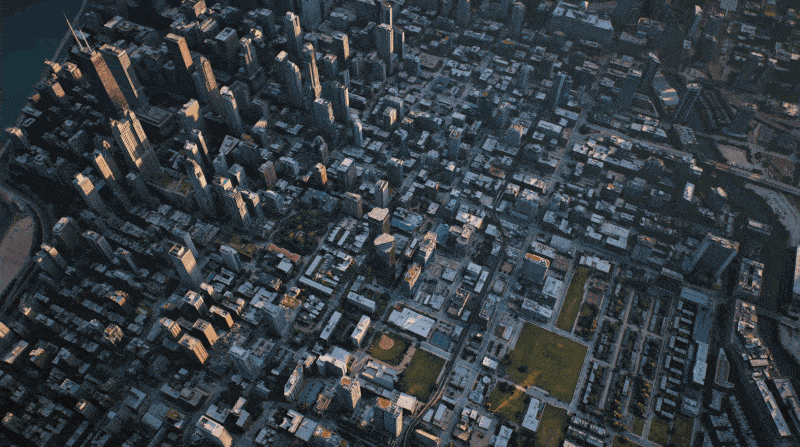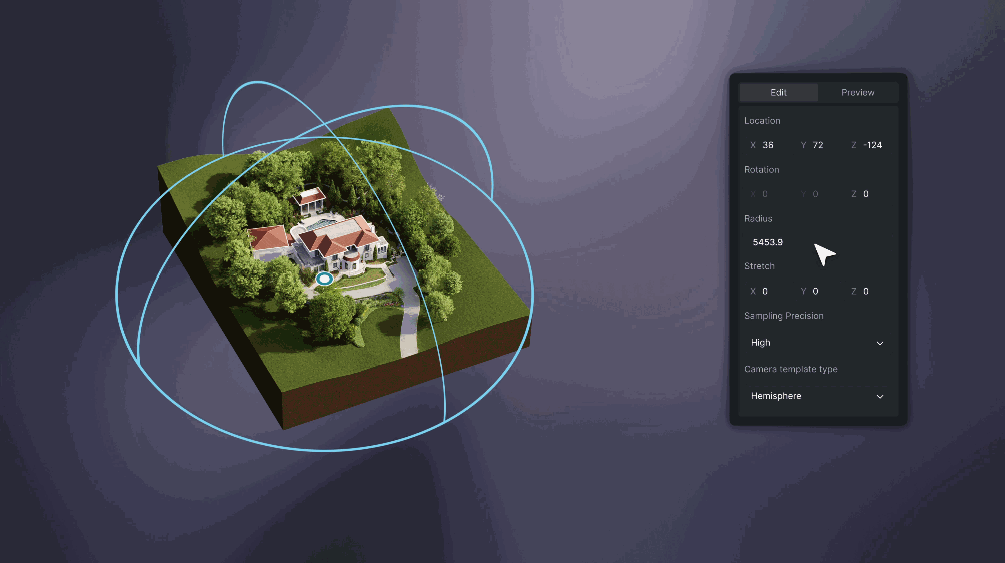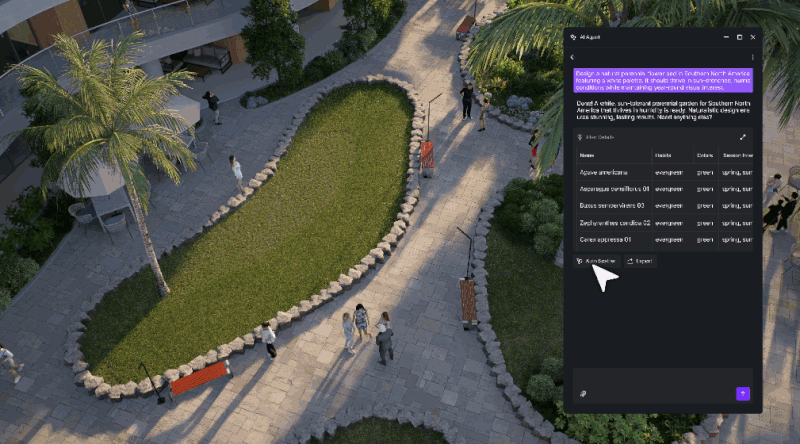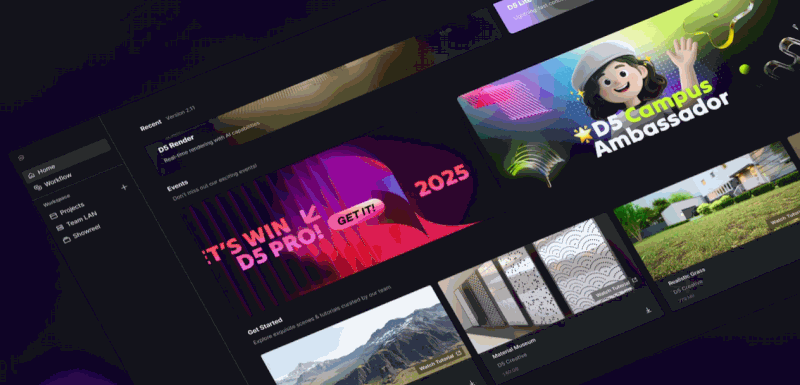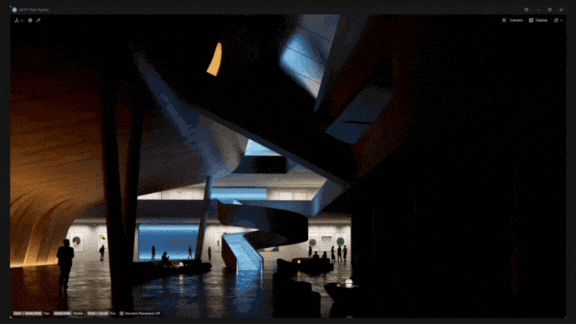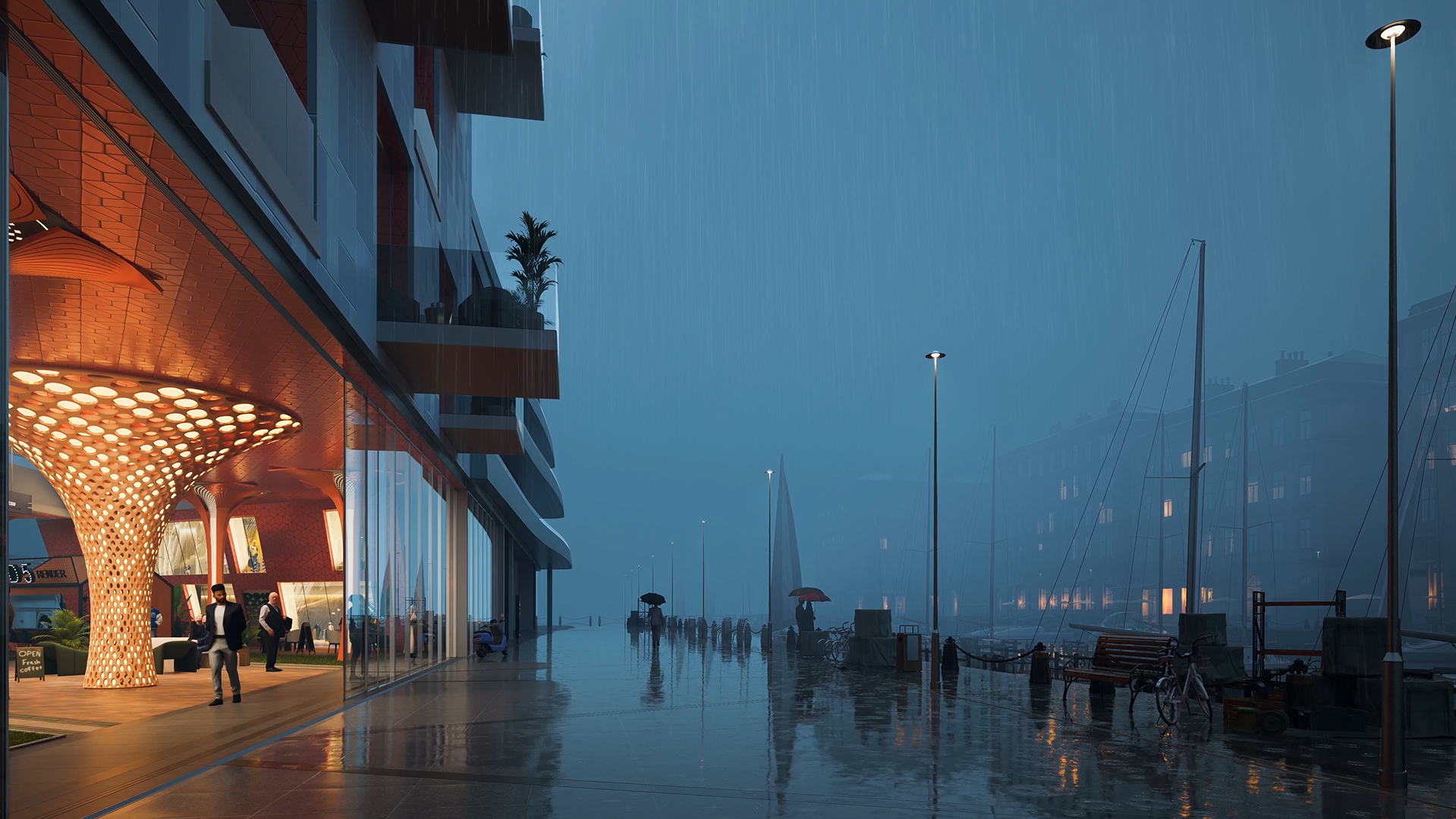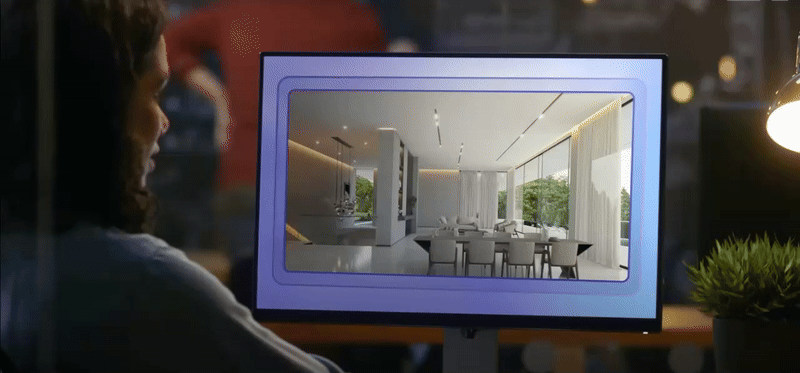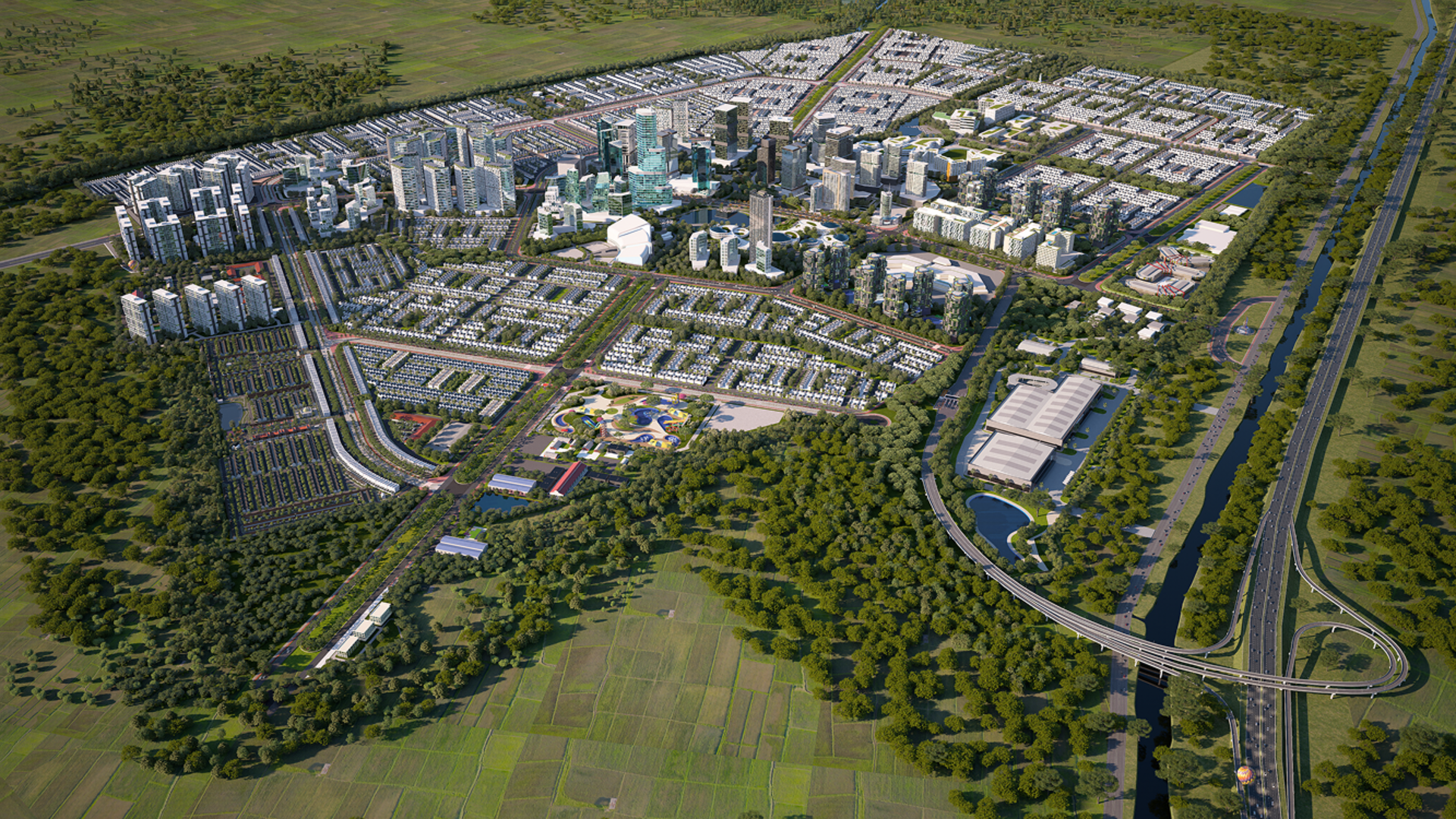"With D5, we no longer need to juggle multiple tools. One model, one tool, and we can do everything—animations, stills, revisions—faster and more affordably."
— Arman Arisman, Technology Manager, Penta Architecture
Key Takeaways:
- D5 Render replaced multiple tools, enabling Penta to streamline its workflow and produce both stills and animations from a single model.
- Real-time rendering and AI tools drastically reduced turnaround time, allowing small teams to meet tight government deadlines with frequent revisions.
- D5’s scalability and collaboration features empowered Penta to deliver more without increasing headcount, cutting costs while maintaining quality.
Studio Overview:
- Location: Indonesia
- Team Size: ~130 employees, including 4 dedicated 3D artists
- Studio Type: Full-service planning and design consultancy (Architecture, Structure, MEP)
- Project Types: Government and public sector projects—airports, hospitals, stadiums, government offices
- Modeling Tools: SketchUp, Revit, and Rhino+GH

1. Strategic Shift in Visualization
In 2023, after years using separate tools for stills and animation, Penta Architecture shifted to D5 Render. Their legacy workflow—SketchUp/Revit for modeling, V-Ray for still images, and Twinmotion for motion work—was visually capable but operationally heavy. The transition to D5 streamlined all stages of visualization into a single real-time platform.
This shift didn’t merely speed up rendering—it fundamentally reshaped how Penta wins tenders, maintains quality, manages workload, and scales its capabilities sustainably.
2. Project Context: Ministry Office in Indonesia's new capital city (IKN)
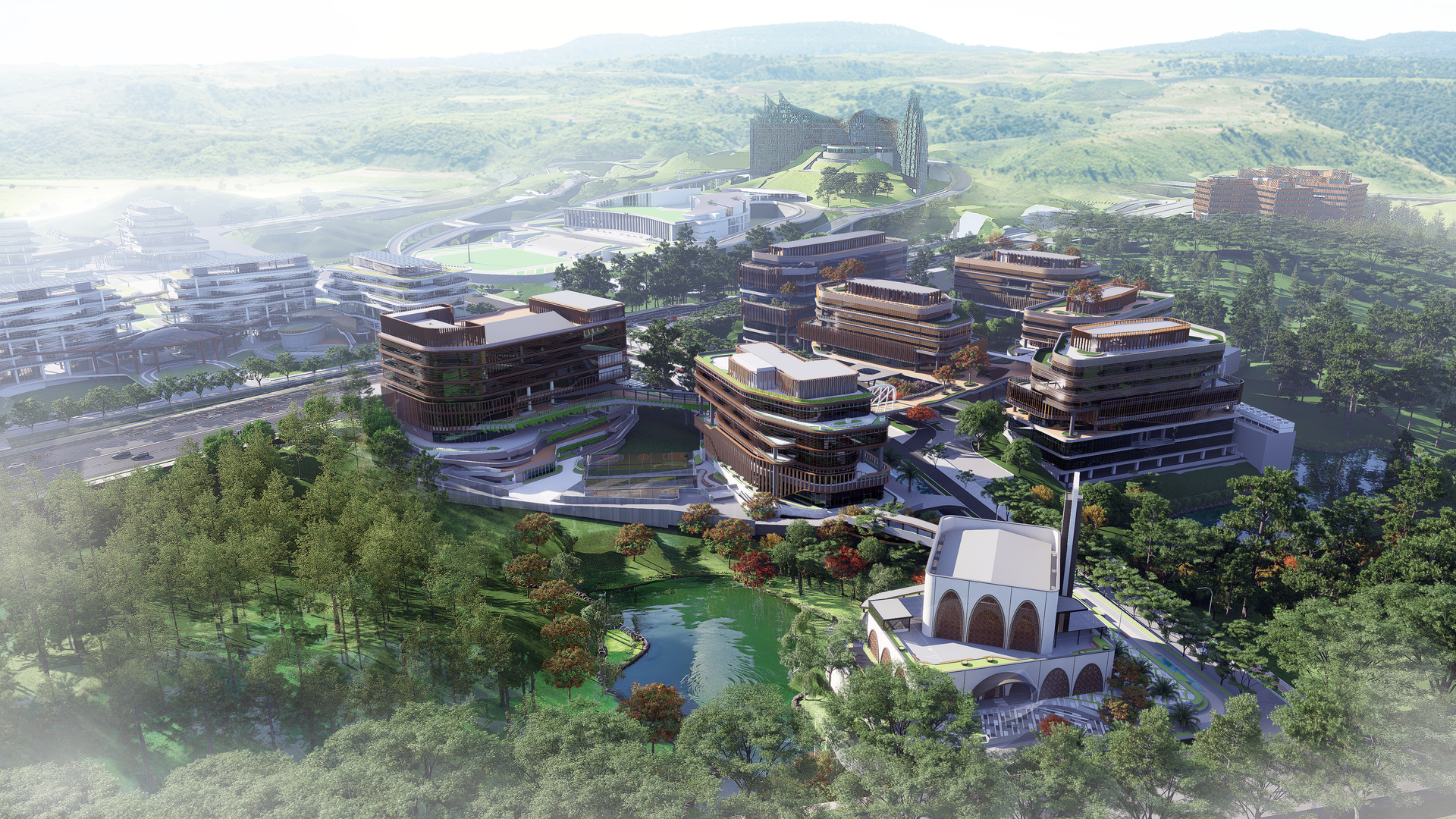
As part of Indonesia’s new capital city (IKN), Penta was commissioned to deliver the Wing 2 office building for the Ministry of Public Works—a 66,783 m² development on a 36,418 m² site. This project required full-spectrum delivery: architectural design, structural planning, and engineering, all under tight deadlines and shifting stakeholder requirements.
Penta used D5 Render in each project phase with high-quality, real-time visuals that kept pace with rapid revisions. Two core team members—an architect and a 3D artist—produced visuals in just a few days per cycle, ensuring continuous alignment with the evolving design.
3. Pre-D5 Workflow Challenges
Before adopting D5 Render, Penta used 2 different software for still images and animations. This dual-tool setup led to several inefficiencies:
- Double the work: Teams had to export and manage models separately for stills and animations.
- Slow rendering: The previous software's rendering times were long, making last-minute changes difficult.
- Limited post-production control: Other software also lacked render element exports, hindering quality in post-processing.
- High software and hardware costs: Existing tools were more expensive and required powerful PCs to operate efficiently.
4. New Workflow with D5 Render
Penta Architecture uses D5 Render across the full project lifecycle—from tender submission to construction. At competition stage, architects and visualisers collaborate within a single model to refine concepts and produce up to 10 stills and a short animation, meeting tight deadlines with visual consistency.
Once the project is secured, the design team moves into technical development while visual updates continue in D5. Its real-time capabilities support rapid iterations and coordination. During construction, updated D5 visuals are included in project documentation to keep all stakeholders aligned with the approved design intent.
5. D5 in Practice: Workflow Gains with Business Impact
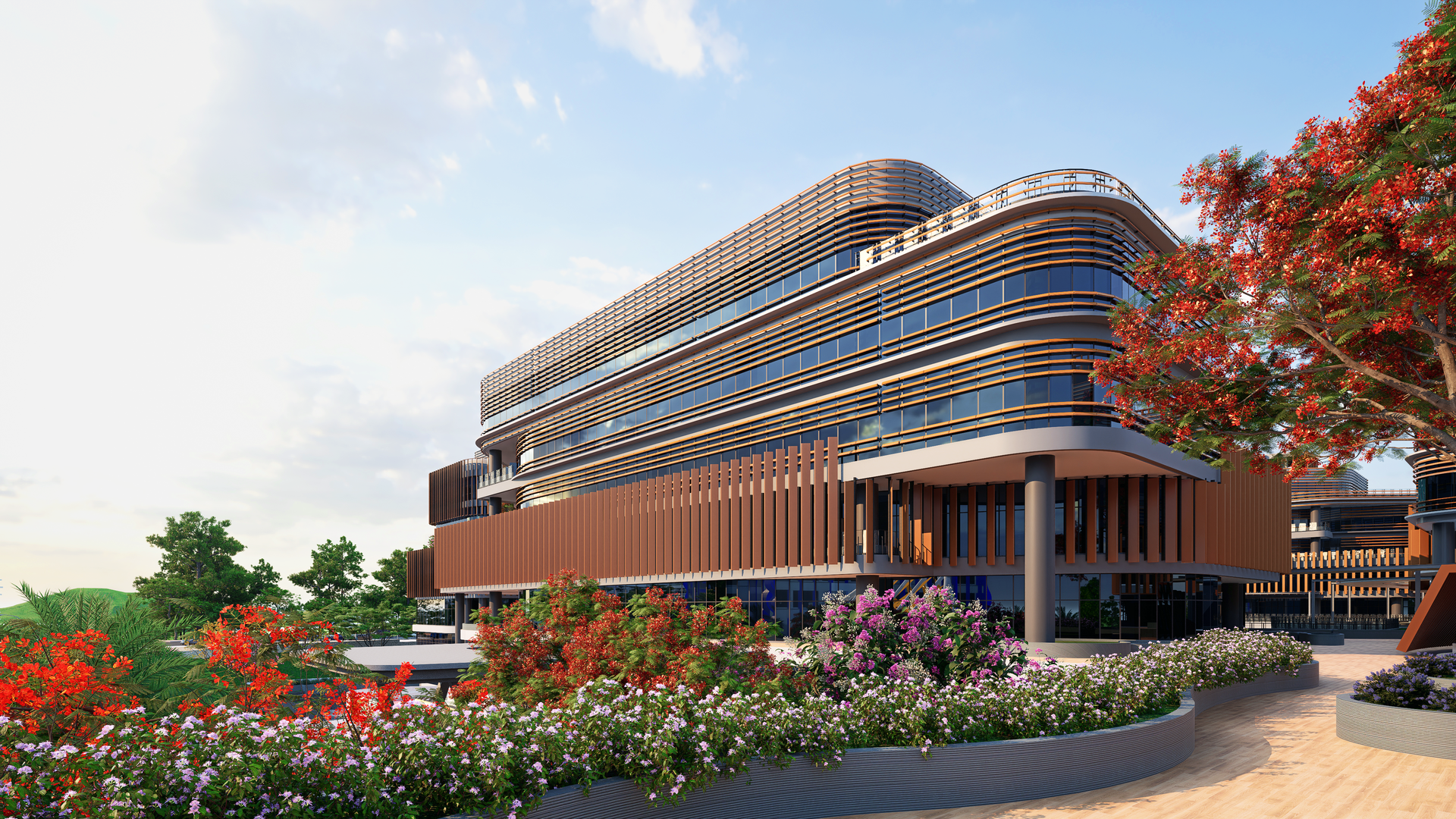
D5 Render has streamlined Penta Architecture’s workflow, addressing key pain points and delivering measurable benefits across speed, quality, and efficiency.
5.1 Faster Feedback, Quicker Revisions
D5’s real-time rendering and AI-assisted tools have dramatically shortened feedback loops. Previously, minor revisions required time-consuming re-renders with other software. Now, near-final results are previewed live during meetings. AI tools for lighting and material adjustment reduce trial-and-error, empowering faster, more confident decision-making.
"Using D5 compared to other software really helped us deliver images faster. Now we can meet quantity, quality, and tight deadlines."
Also read: AI Rendering Revolution: D5 2.11's Smart Tools for Designers
5.2 Enhanced Post-Production
The ability to export render passes—reflections, lighting, shadows—has transformed post-production. Unlike other software, D5 enables faster creation of polished visuals, a must for government submissions where both clarity and realism matter.
"Now even architects can render by themselves if the 3D team is at full capacity. That was impossible before."

5.3 Speedy Scene Assembly
With its vast asset library, D5 allows teams to quickly populate large environments without custom modeling. From civic offices to airports, scenes are assembled faster, allowing focus on architectural expression.
5.4 Built-In Flexibility
D5 is optimised for performance, even on modest hardware. In one case, when a rendering PC failed mid-project, output continued on a standard workstation—something prior tools couldn’t support. This reliability ensures continuity under pressure.
5.5 Real-Time Collaboration
As projects scaled up, Penta adopted the D5 Teams licence. Multiple 3D artists now collaborate on a shared model in real time, reducing version conflicts and accelerating delivery during high-stakes proposal phases.
Also read: Real-time Collaborative 3D Design & Visualization for Architects
5.6 Measurable Outcomes
Renderings that once took up to two weeks now take just two to three days. Faster delivery means Penta can respond quickly to late-stage tender invitations and design changes. Cost-wise, D5’s licensing is more affordable than alternatives like Lumion, with reduced hardware demands.
More than a visualisation tool, D5 has become a strategic asset—empowering architects, cutting production time, and enabling scalable project delivery in a fast-moving, competitive sector.
6. Advice to Growing Studios
Arman noted that clarity about client expectations is essential. “Government clients value realism and constructability, while private clients often prioritise visual appeal,” he says. Choosing a rendering platform that can meet both demands has been vital for Penta.
By adopting D5, the studio significantly reduced production time without compromising on output quality. Arman points to practical features—like mapping export and AI-powered lighting and materials—as key to managing lean budgets while maintaining a polished standard. The result? A workflow that scales under pressure, without expanding the team.
🌟 Your Work Deserves the Spotlight
Has D5 transformed how you design, present, or collaborate? Turn your D5 Render project into a story that inspires designers around the world! Share your journey—and let the world see what’s possible.
By submitting your project, you could:
✅ Be featured in a global case study seen by thousands
✅ Co-host a D5 webinar and showcase your expertise
✅ Speak at official D5 events and elevate your industry presence
This is more than a feature—it’s your chance to grow your voice, build your brand, and inspire a global design community. Share your stories here.

.png)


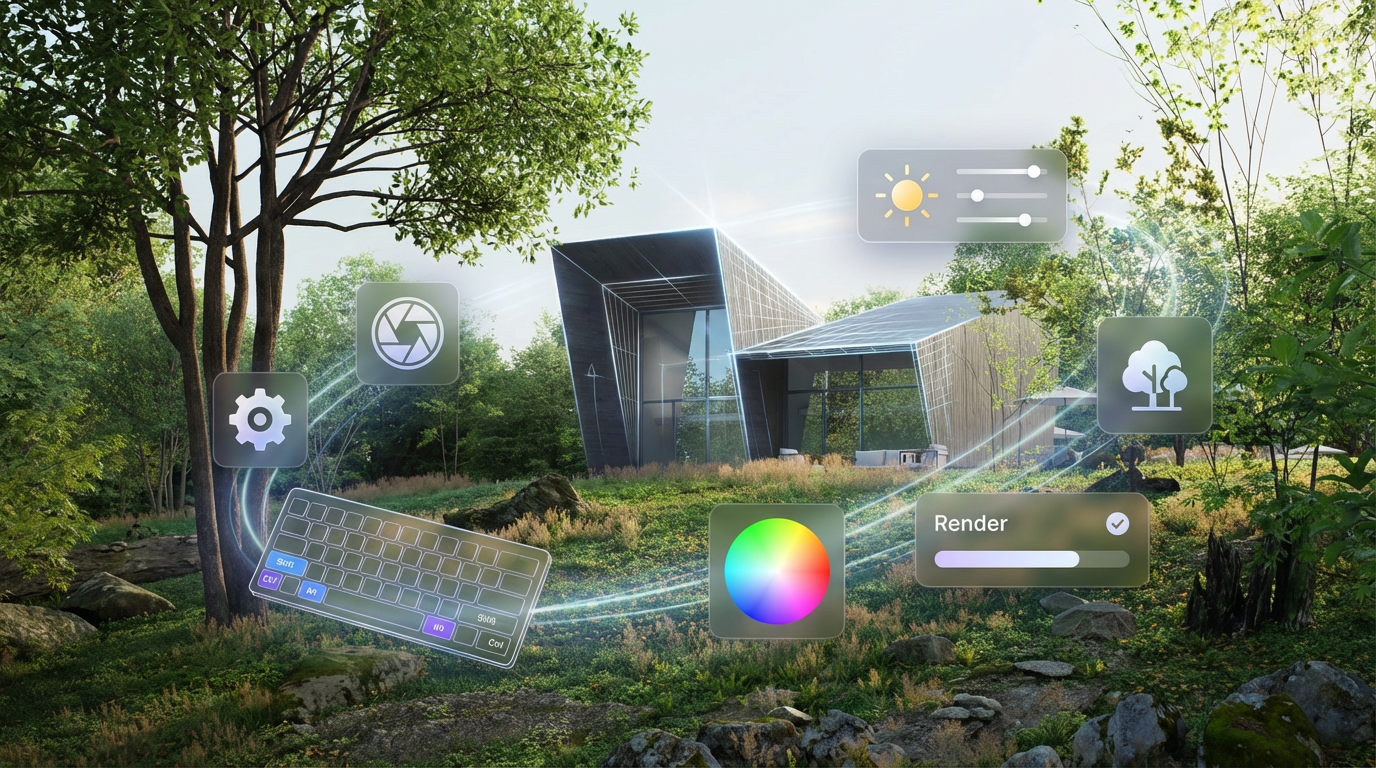
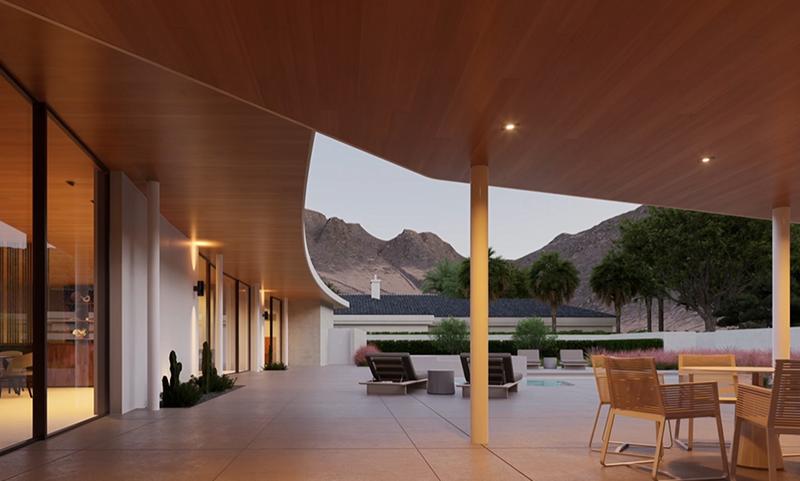
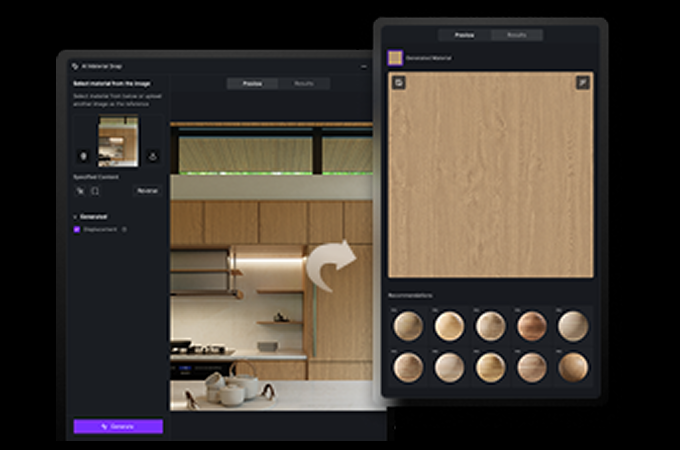
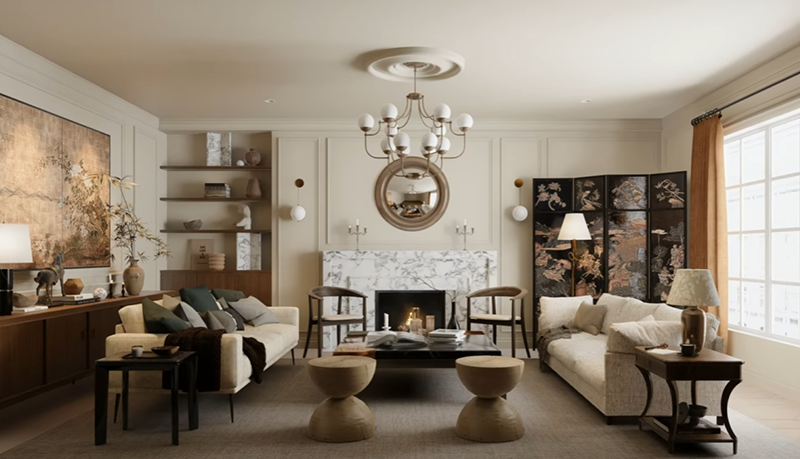
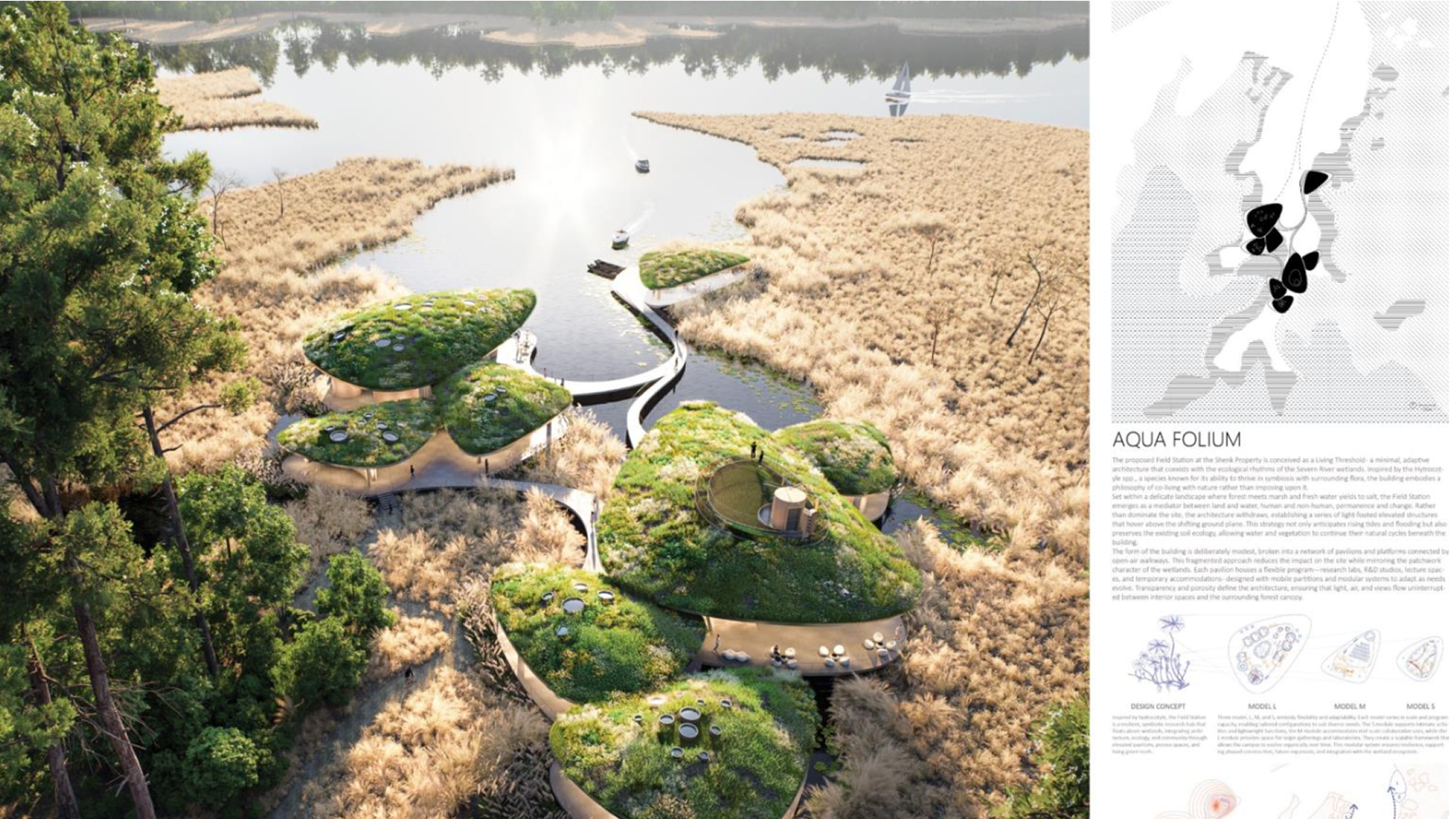


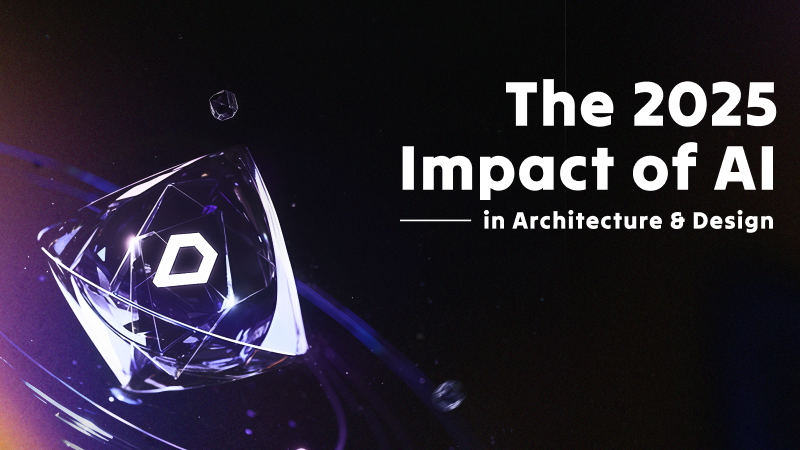
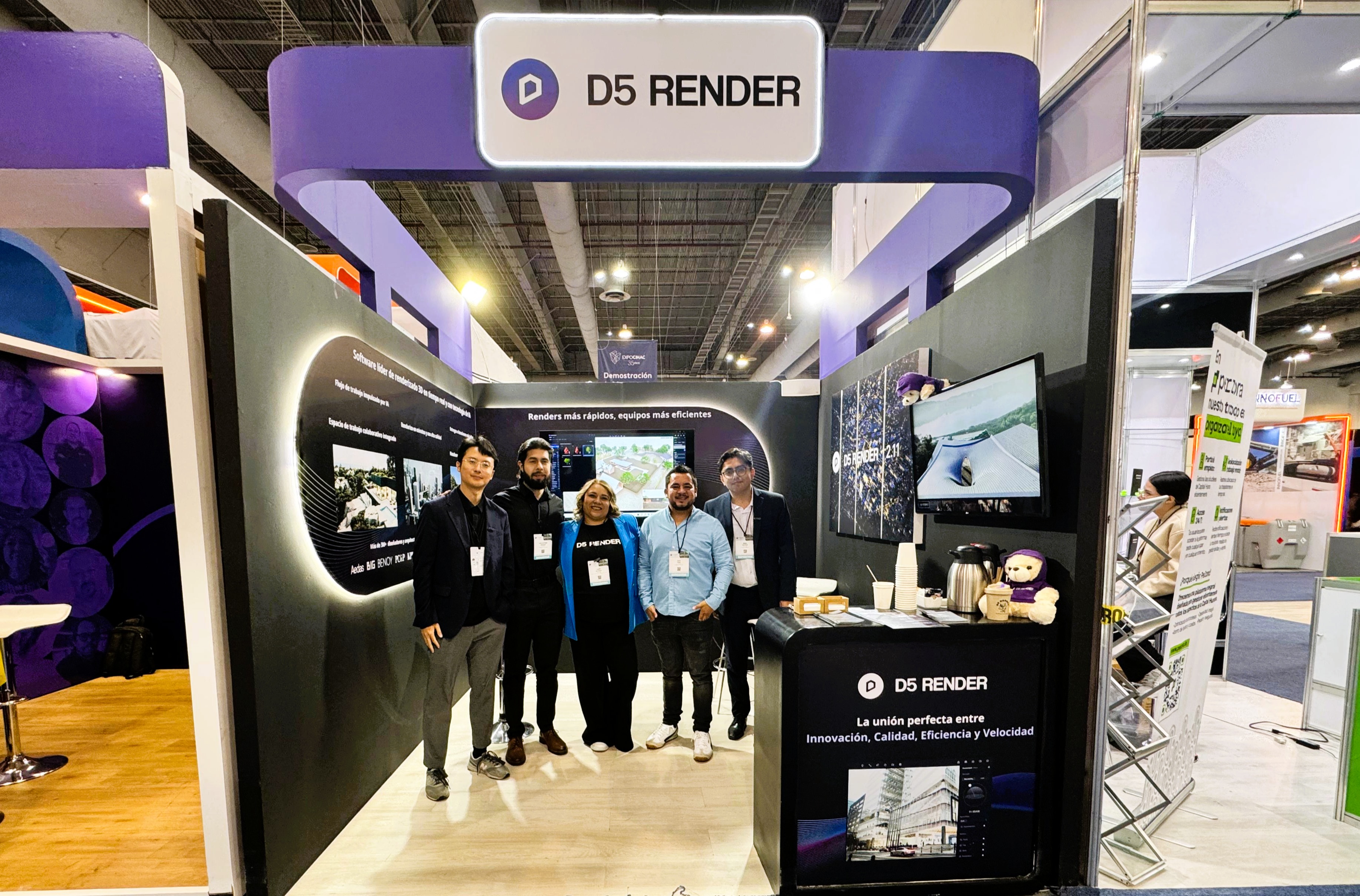
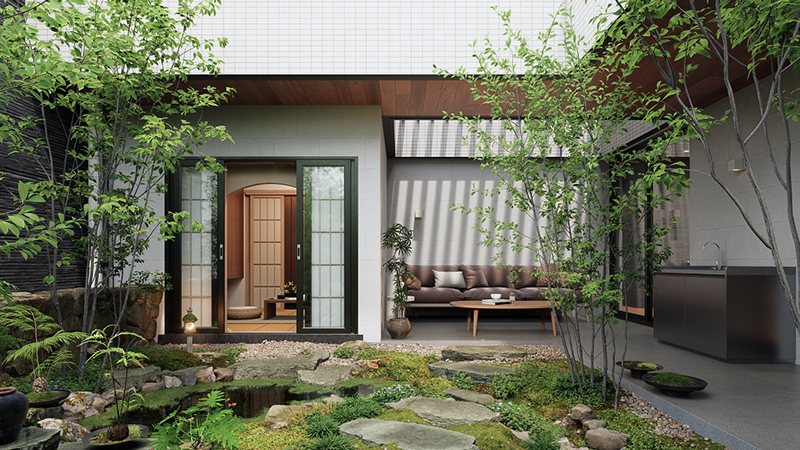
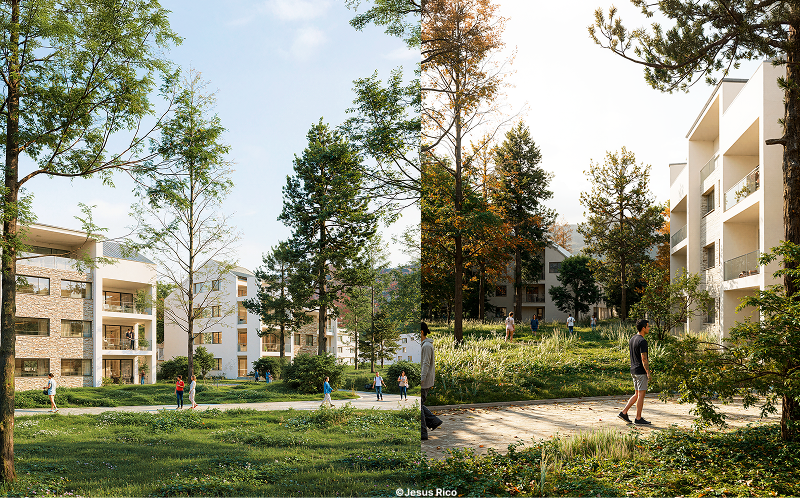
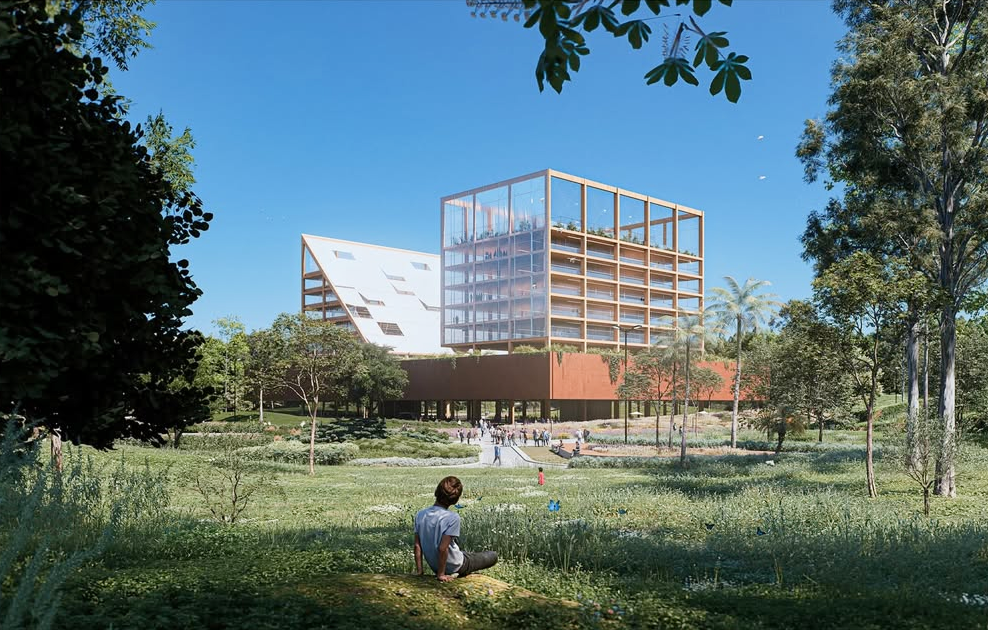
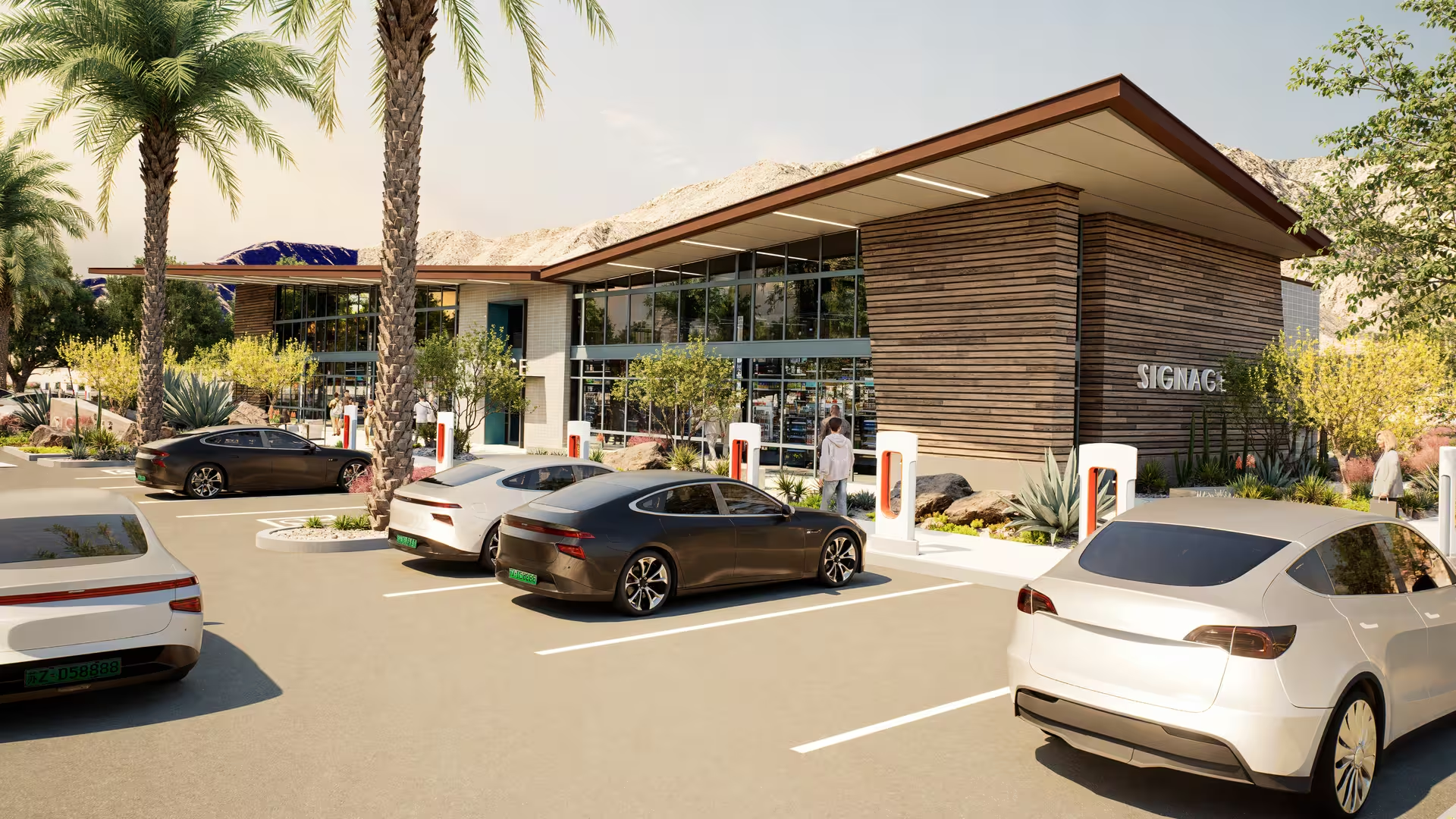

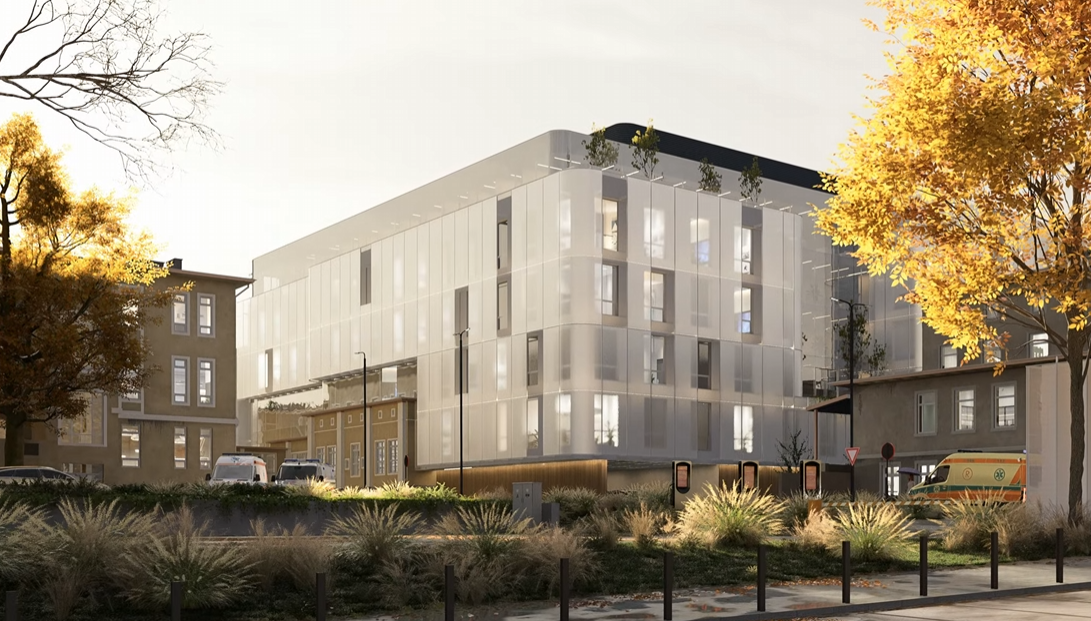
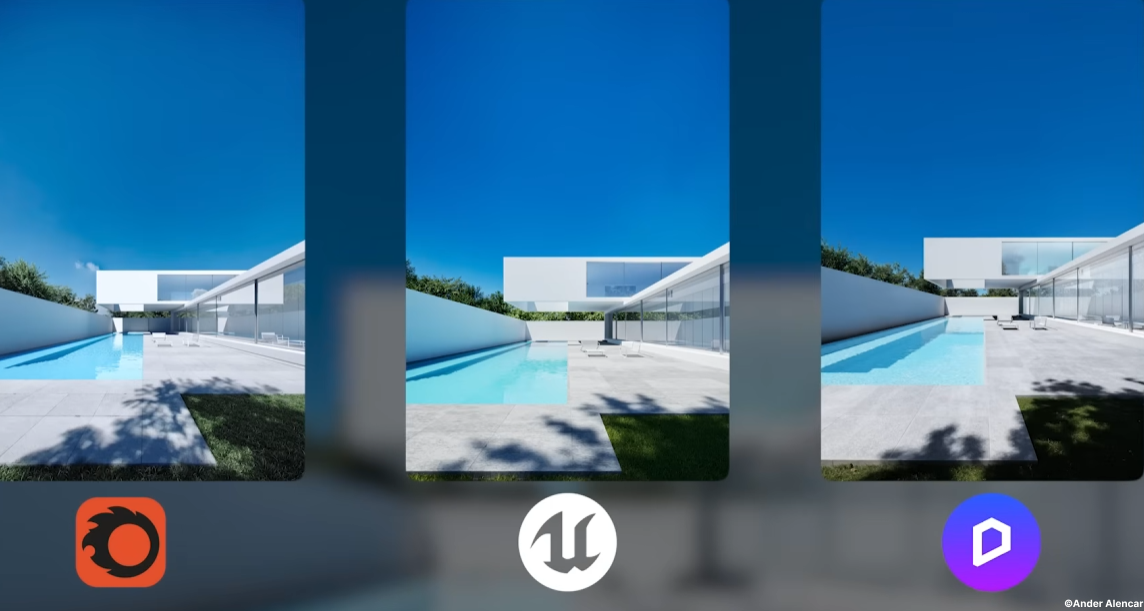
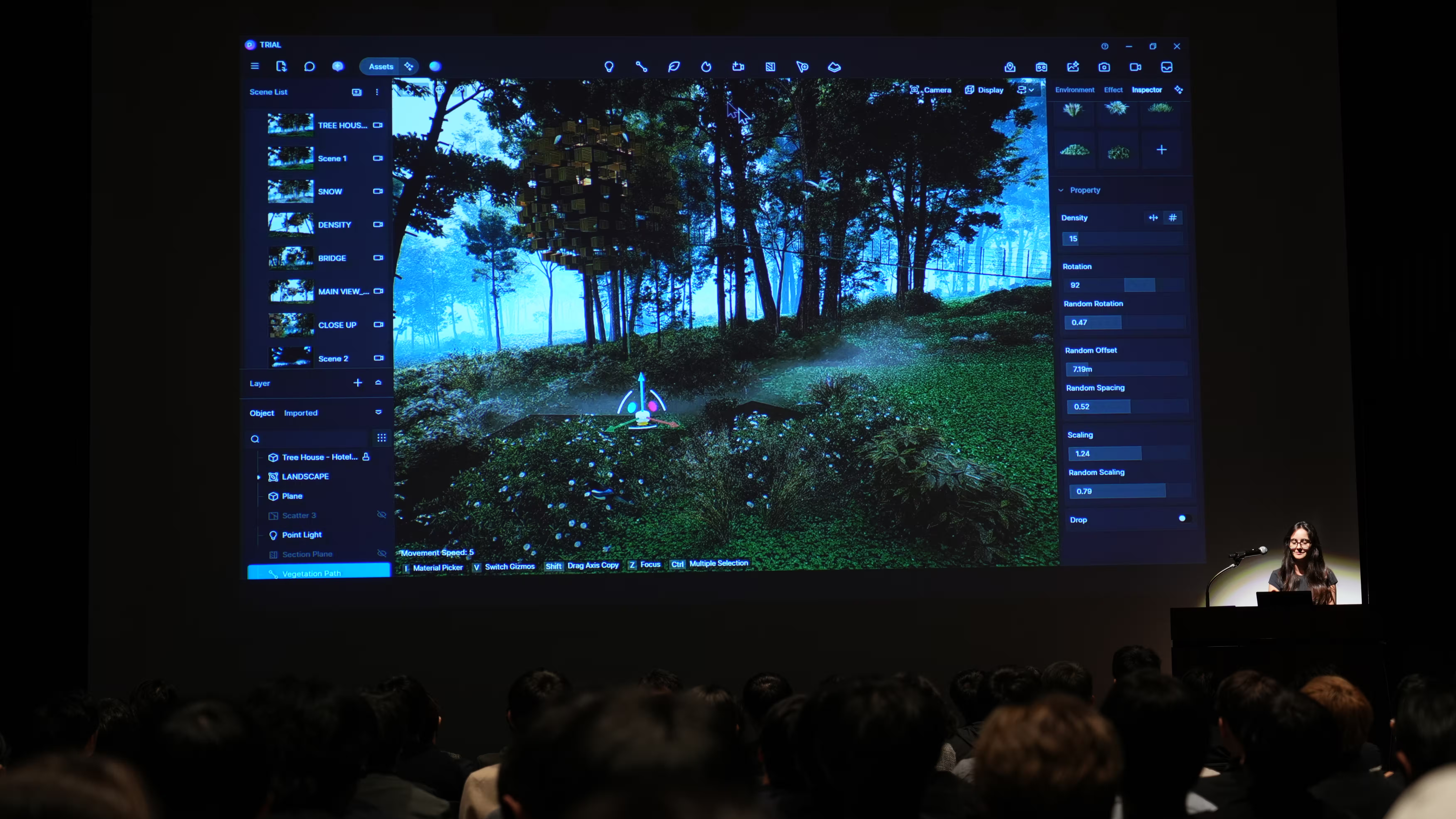


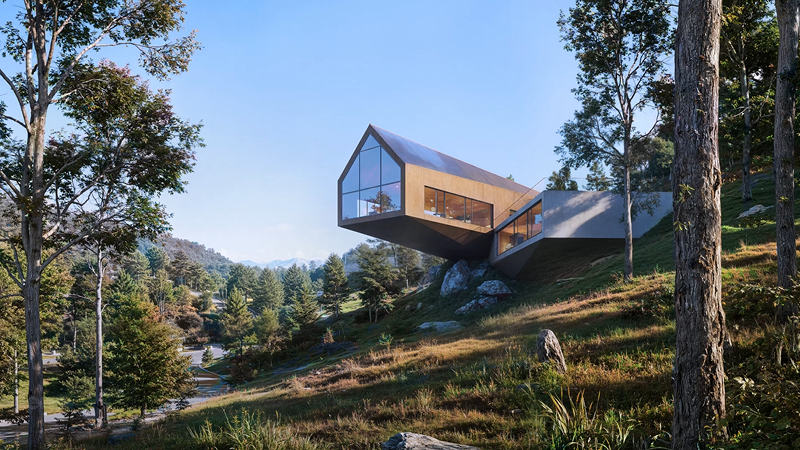
%20(1).png)
.png)
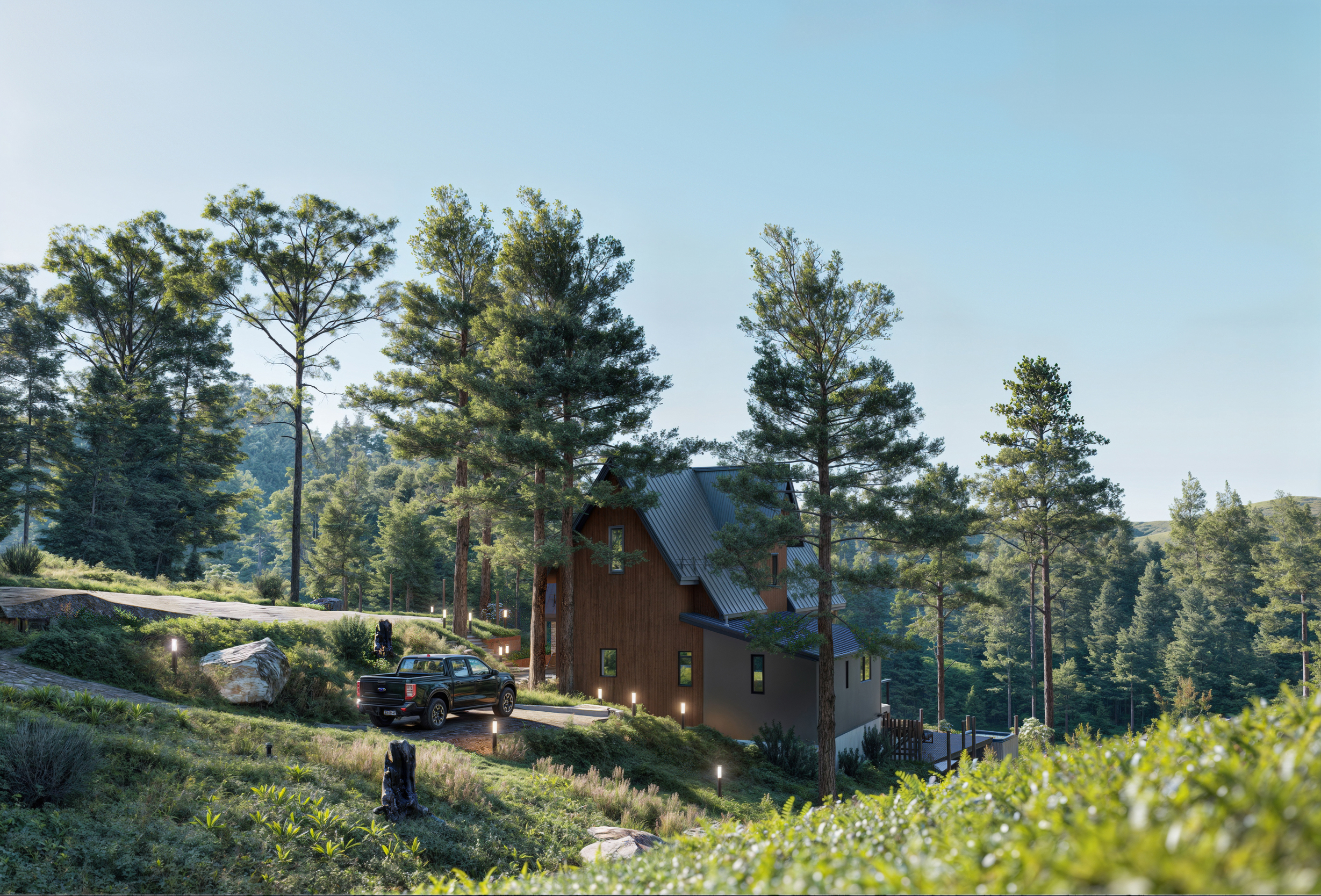
.png)

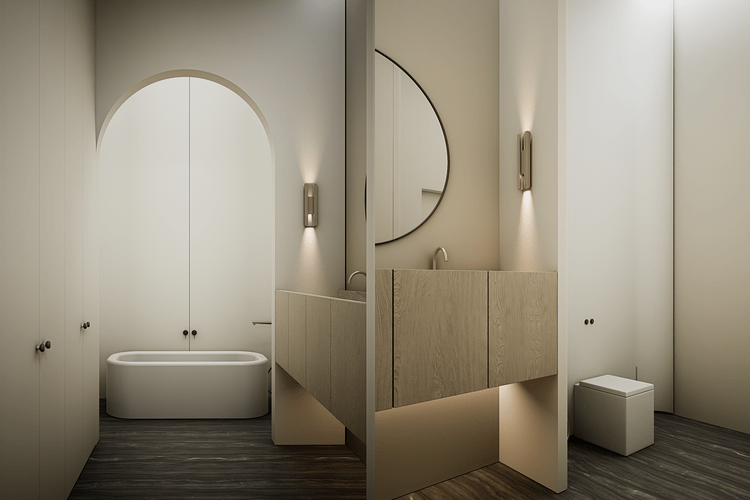
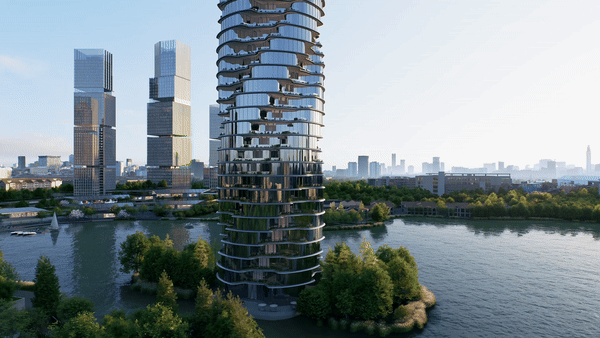
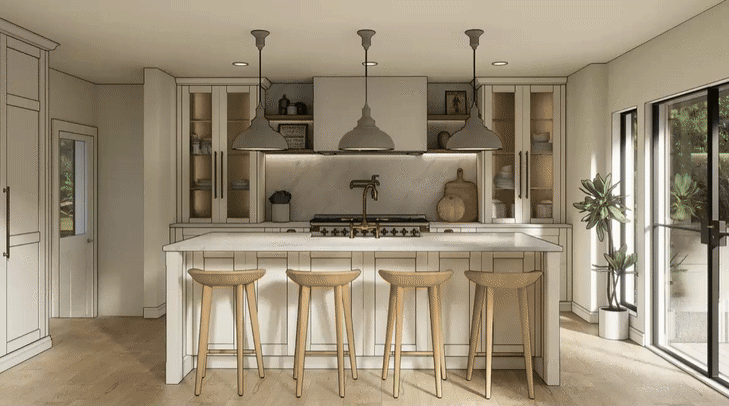
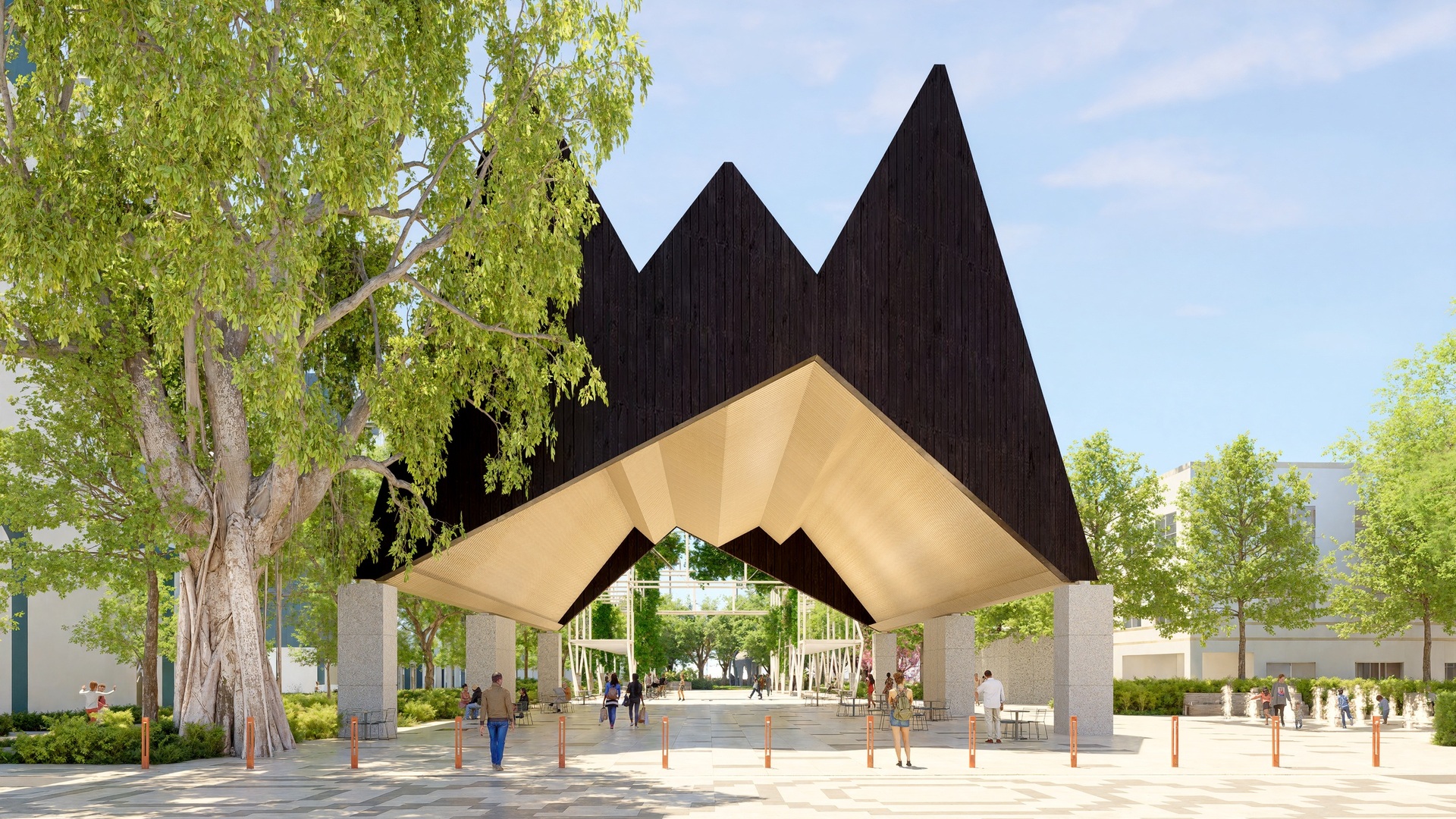

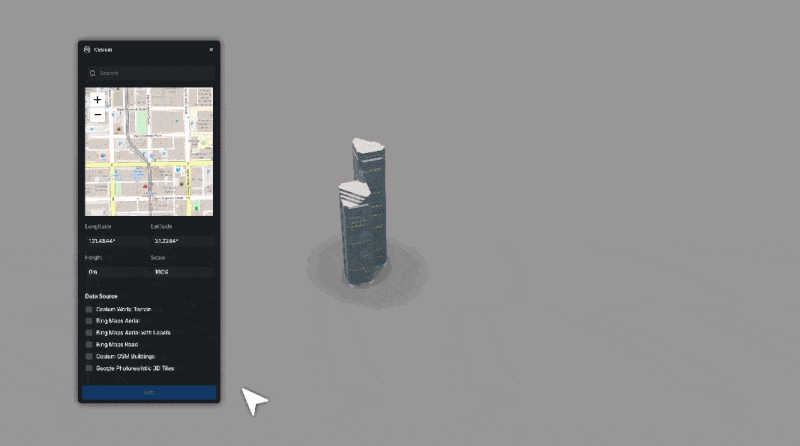



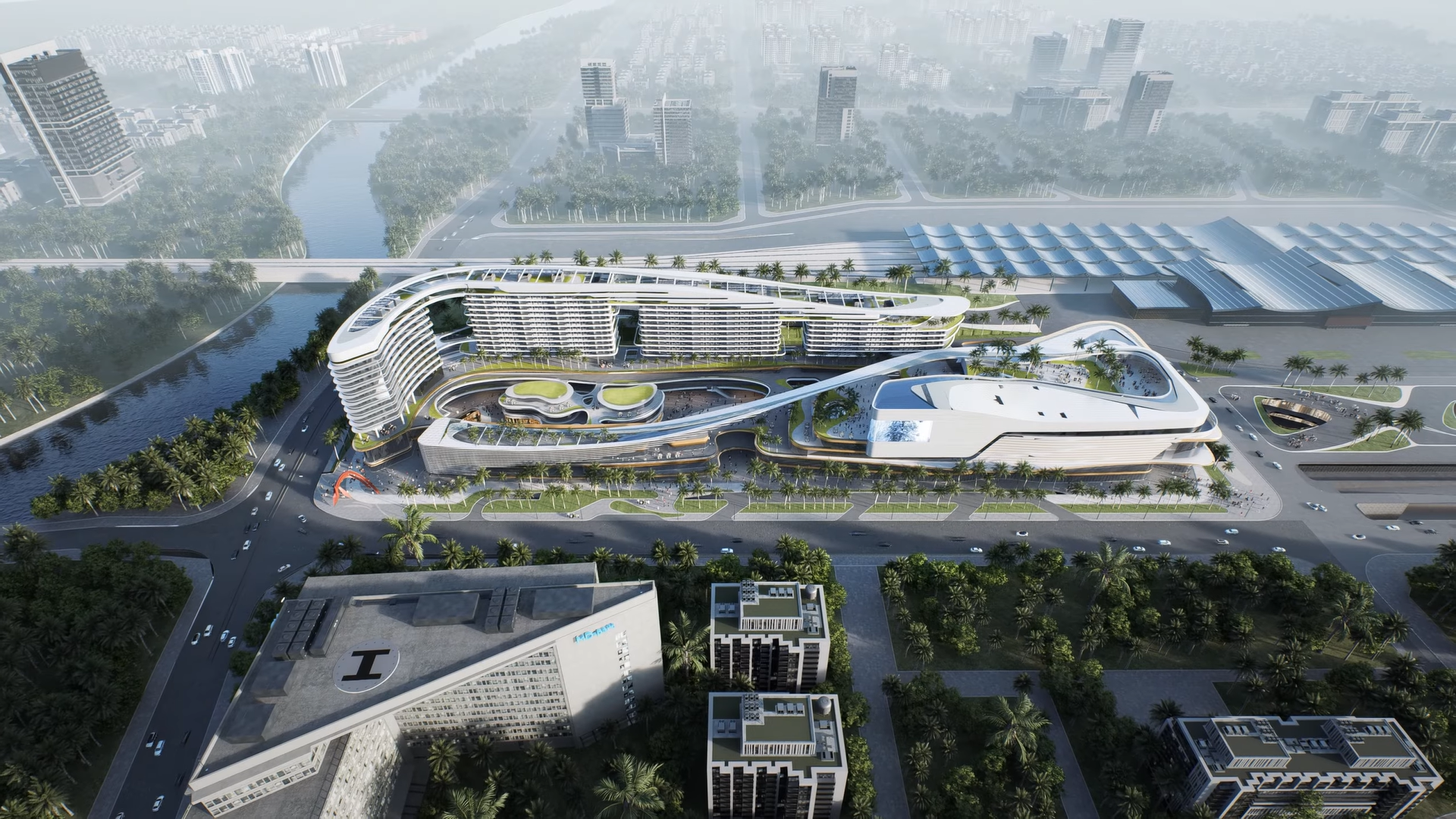
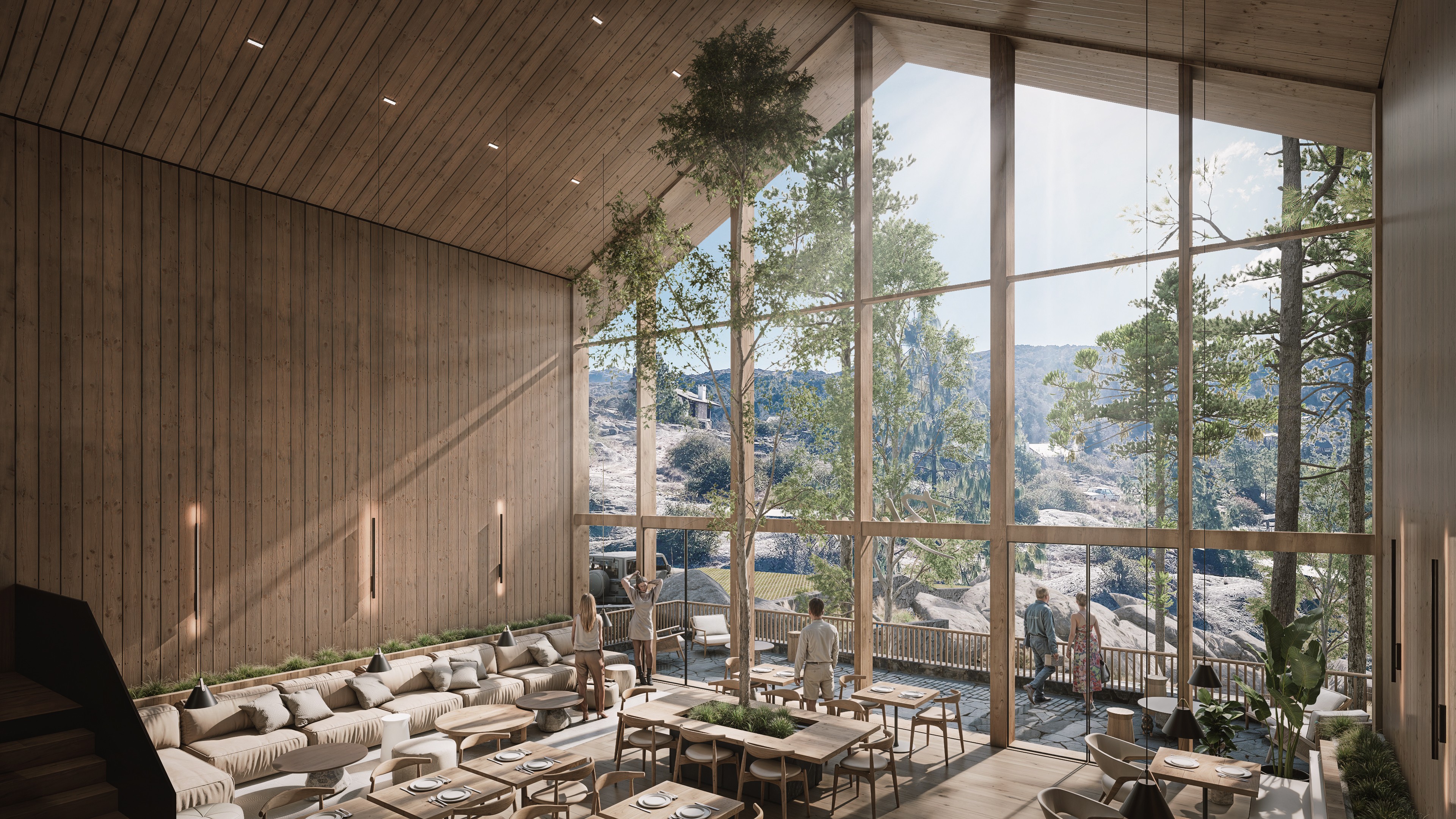
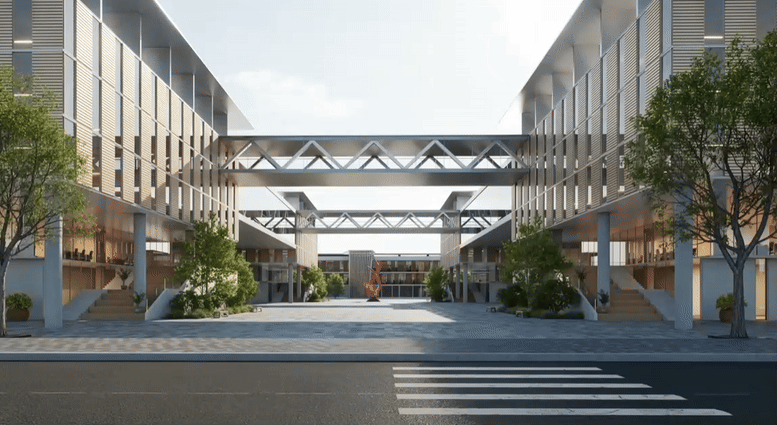
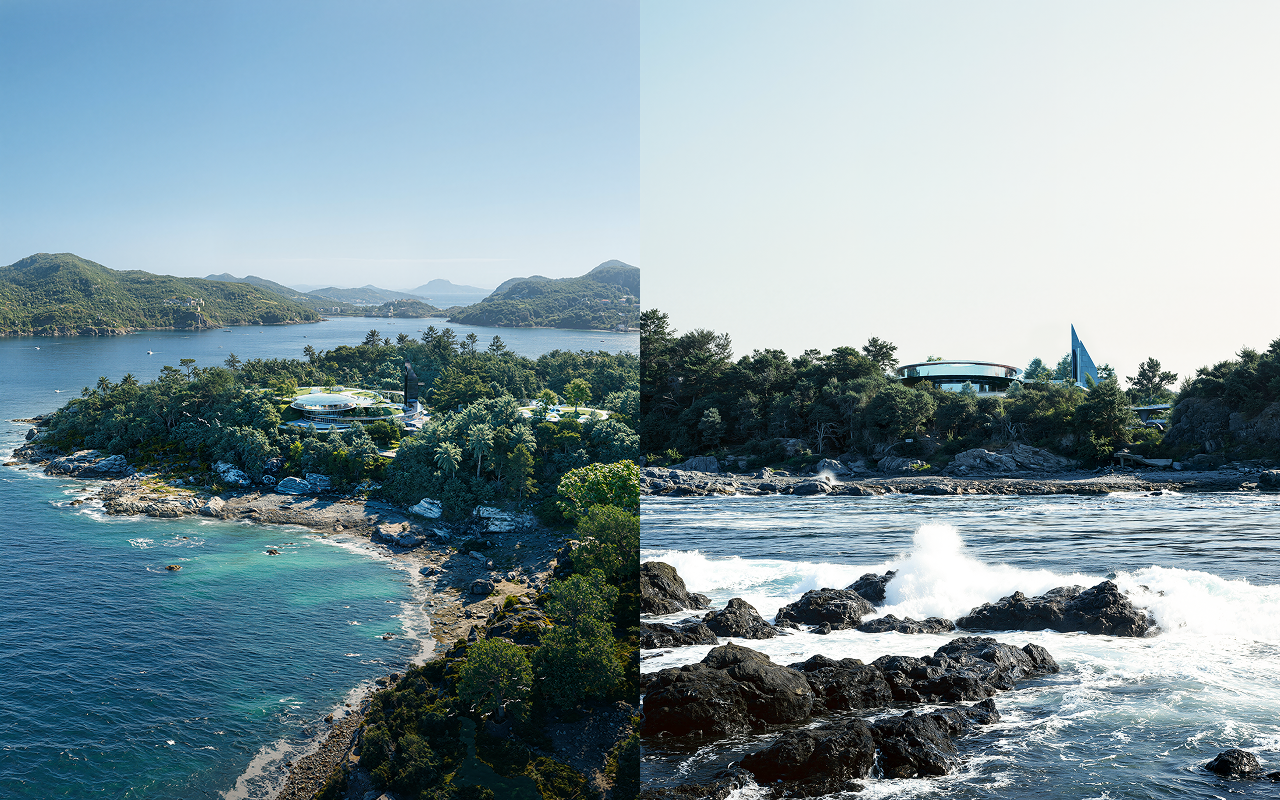
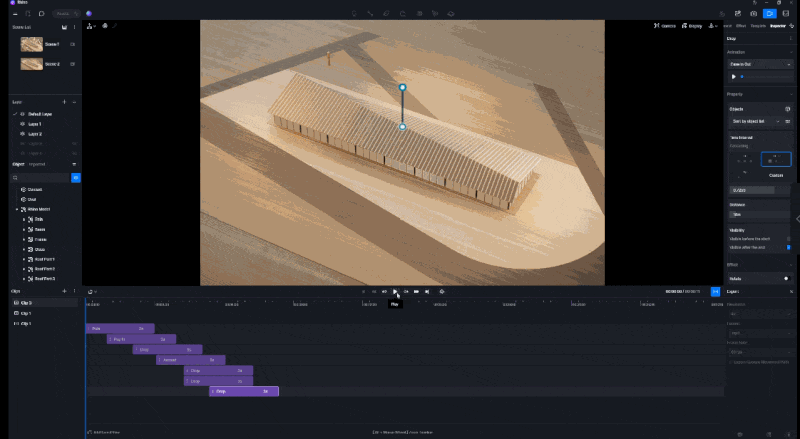
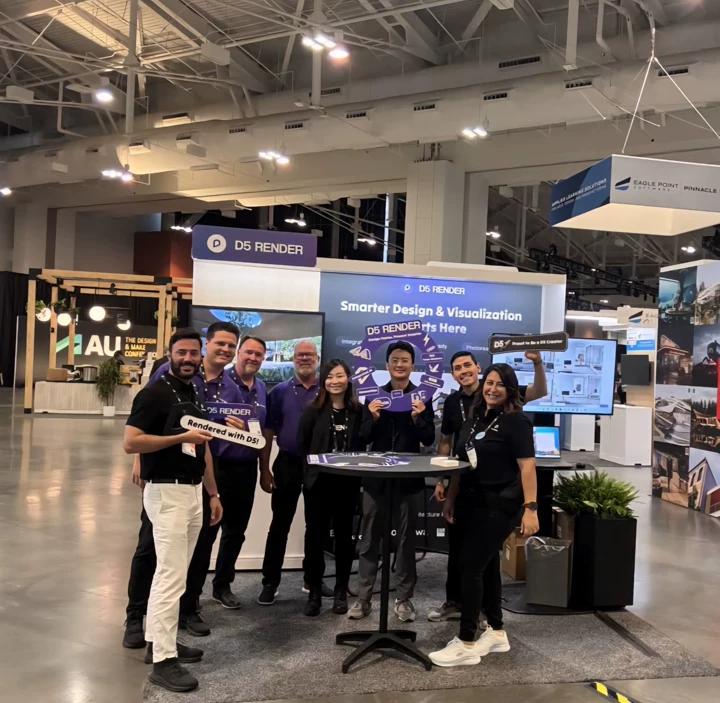



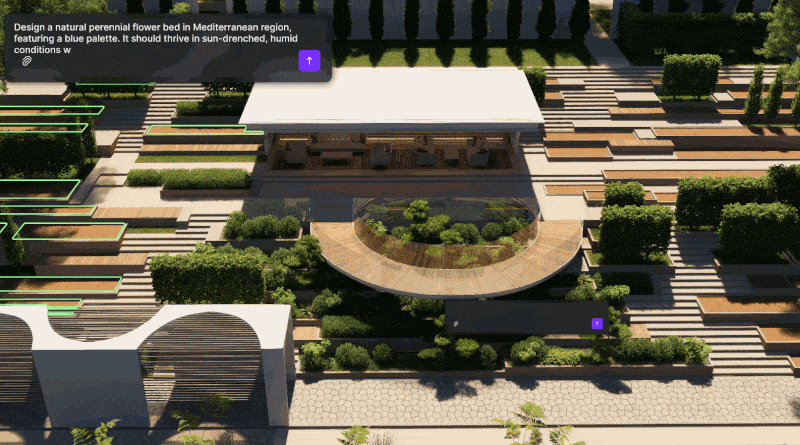
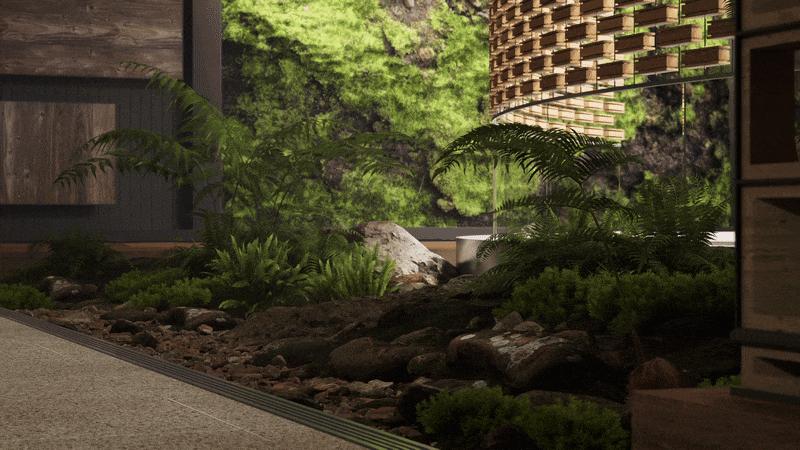


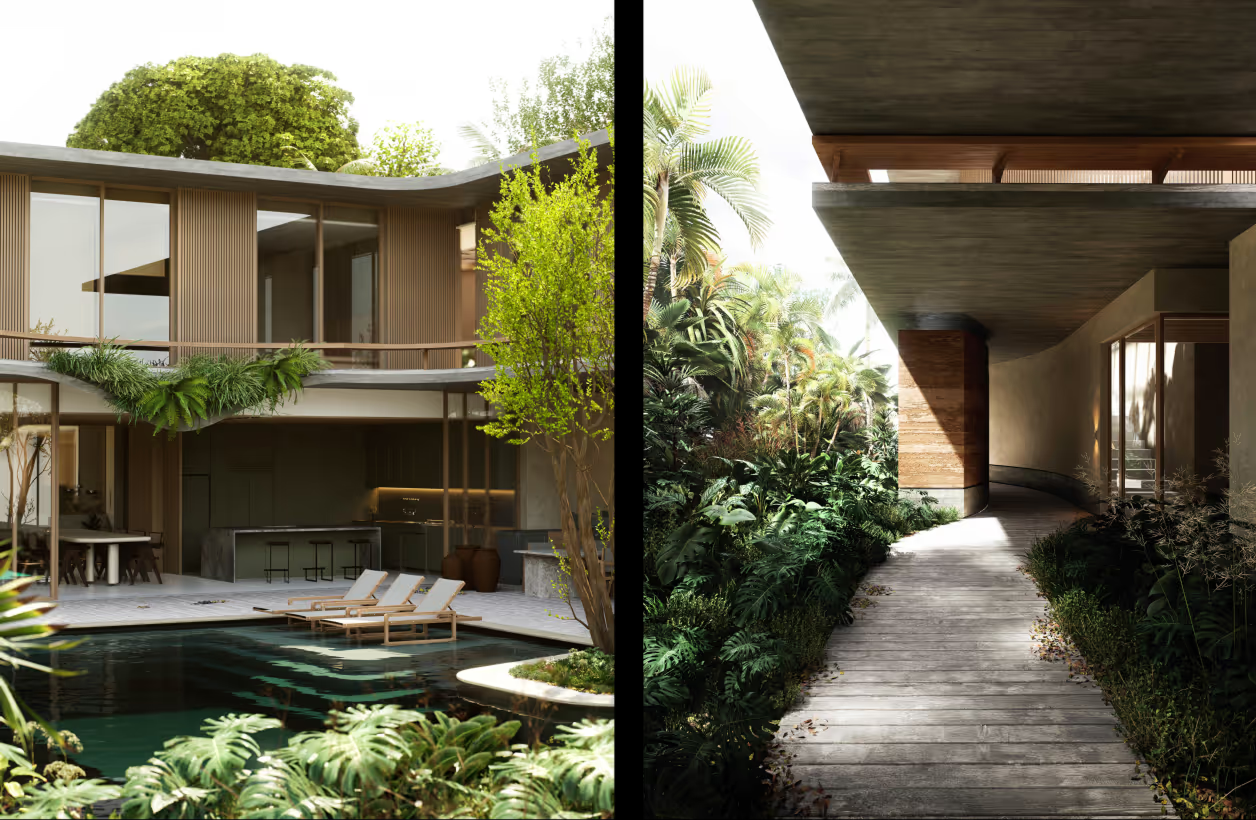
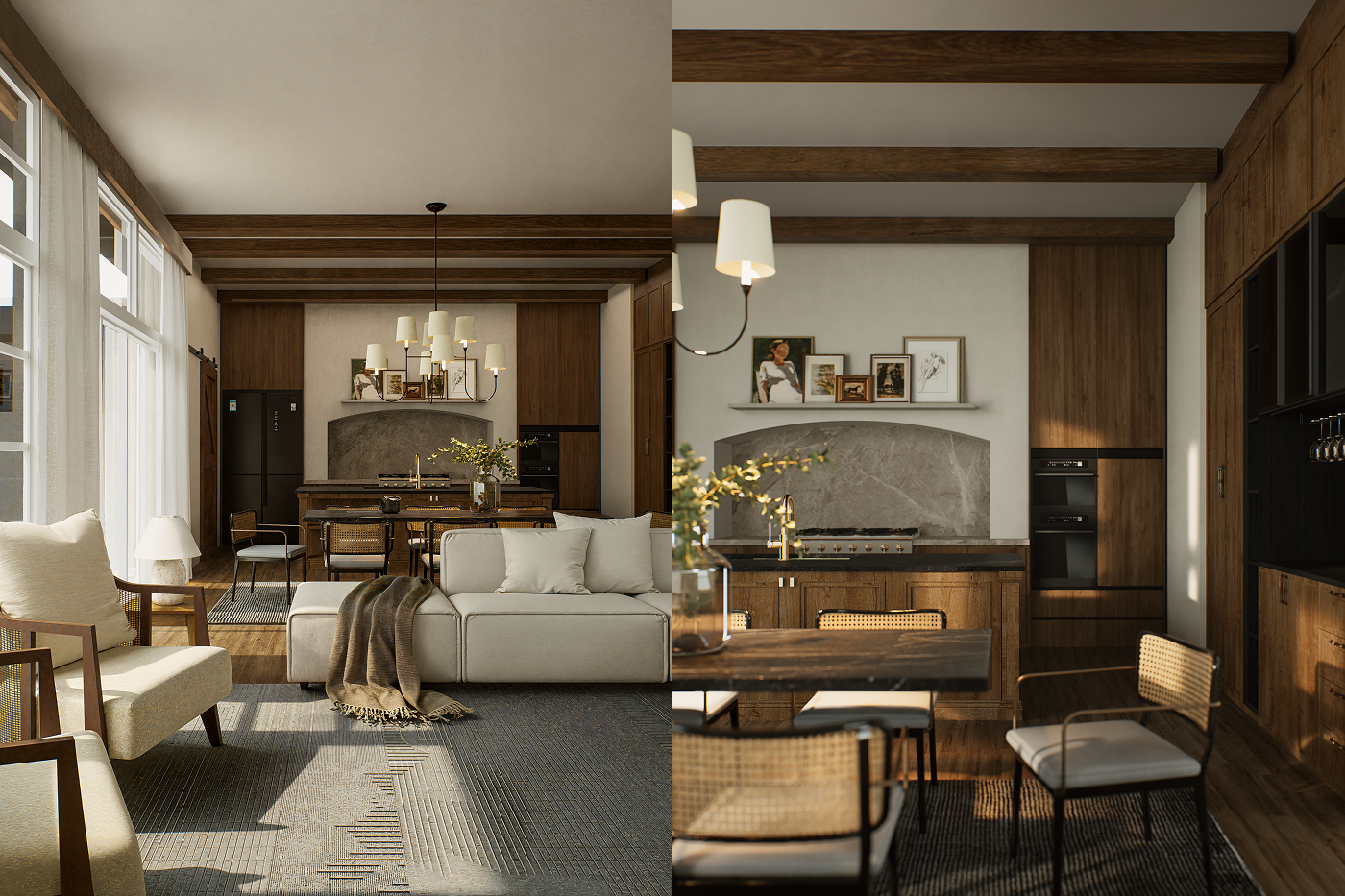

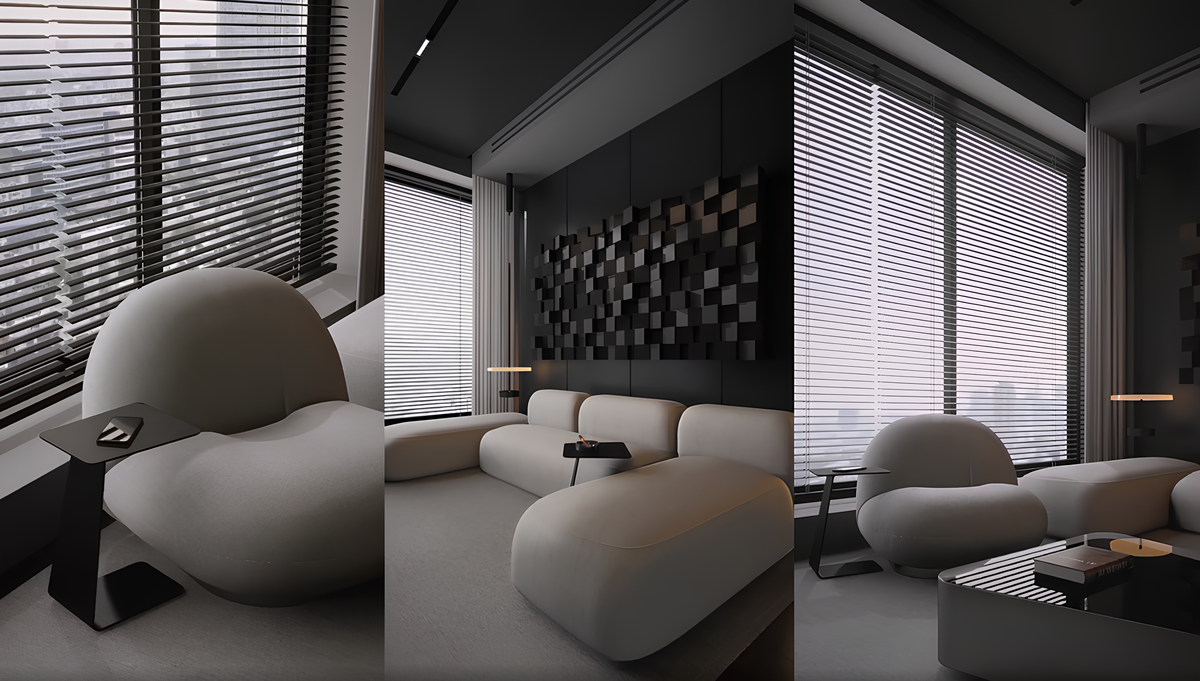
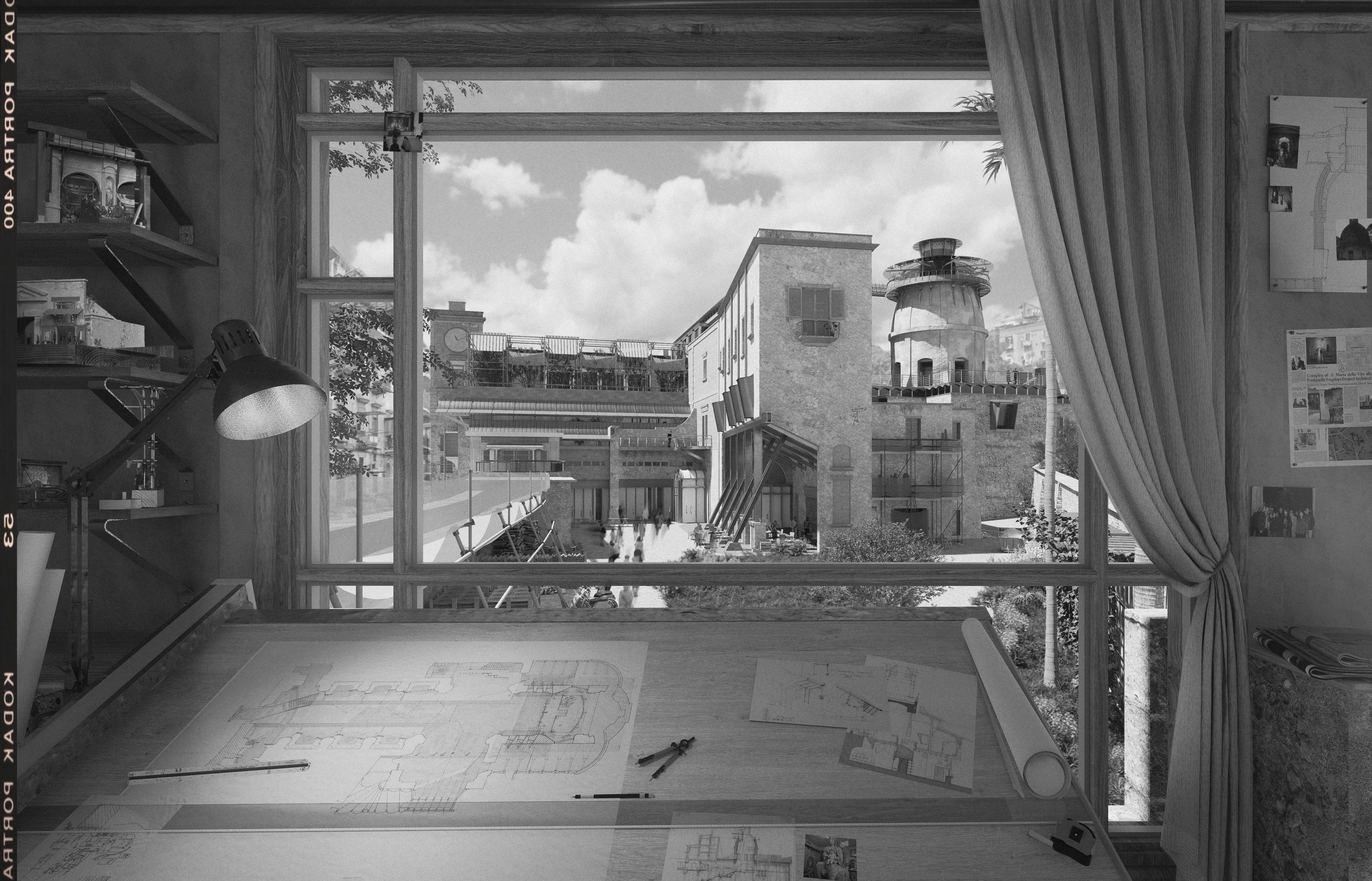

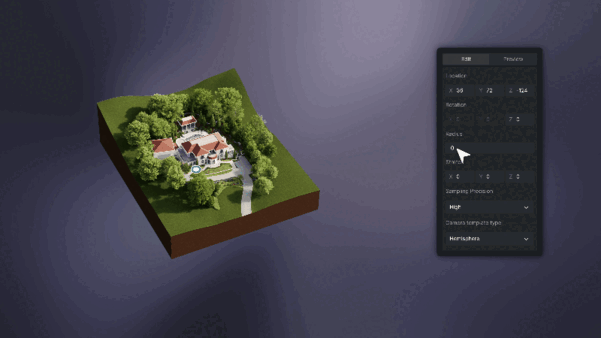


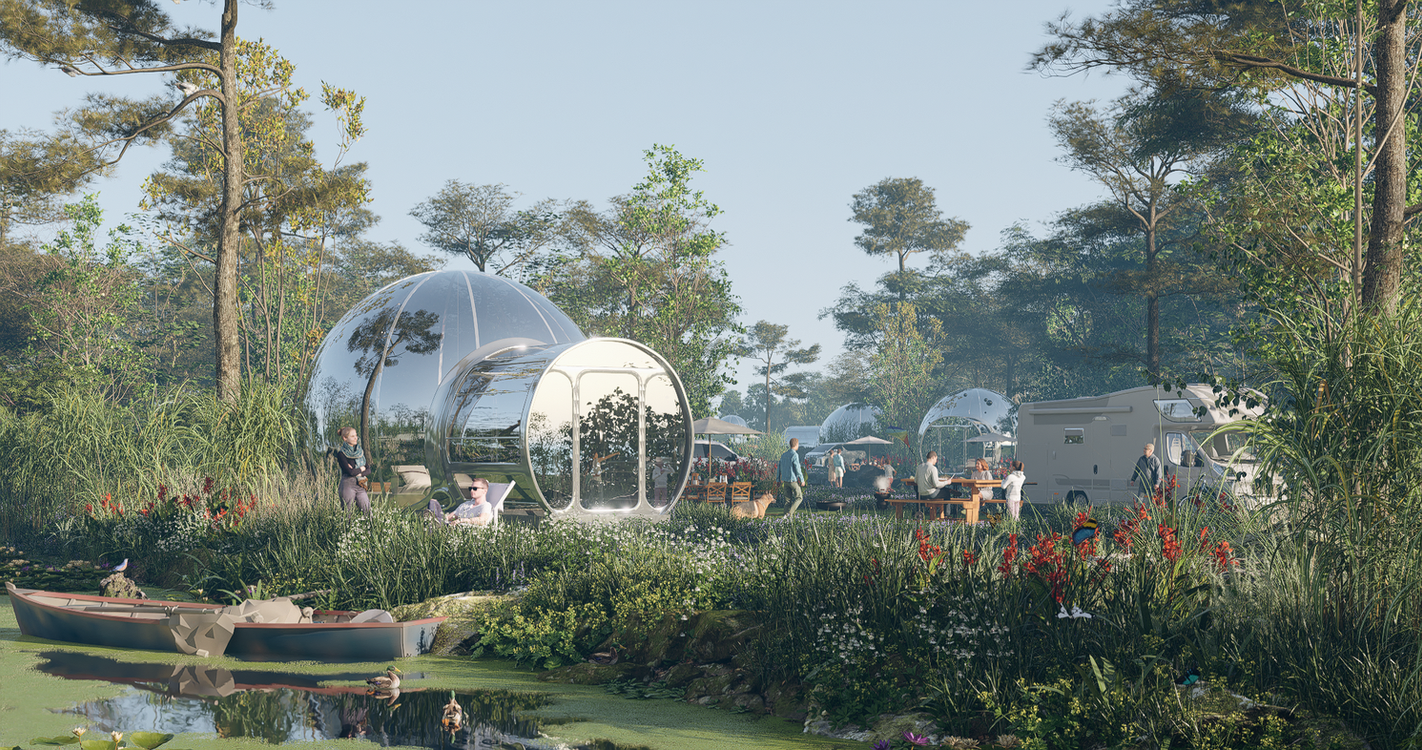
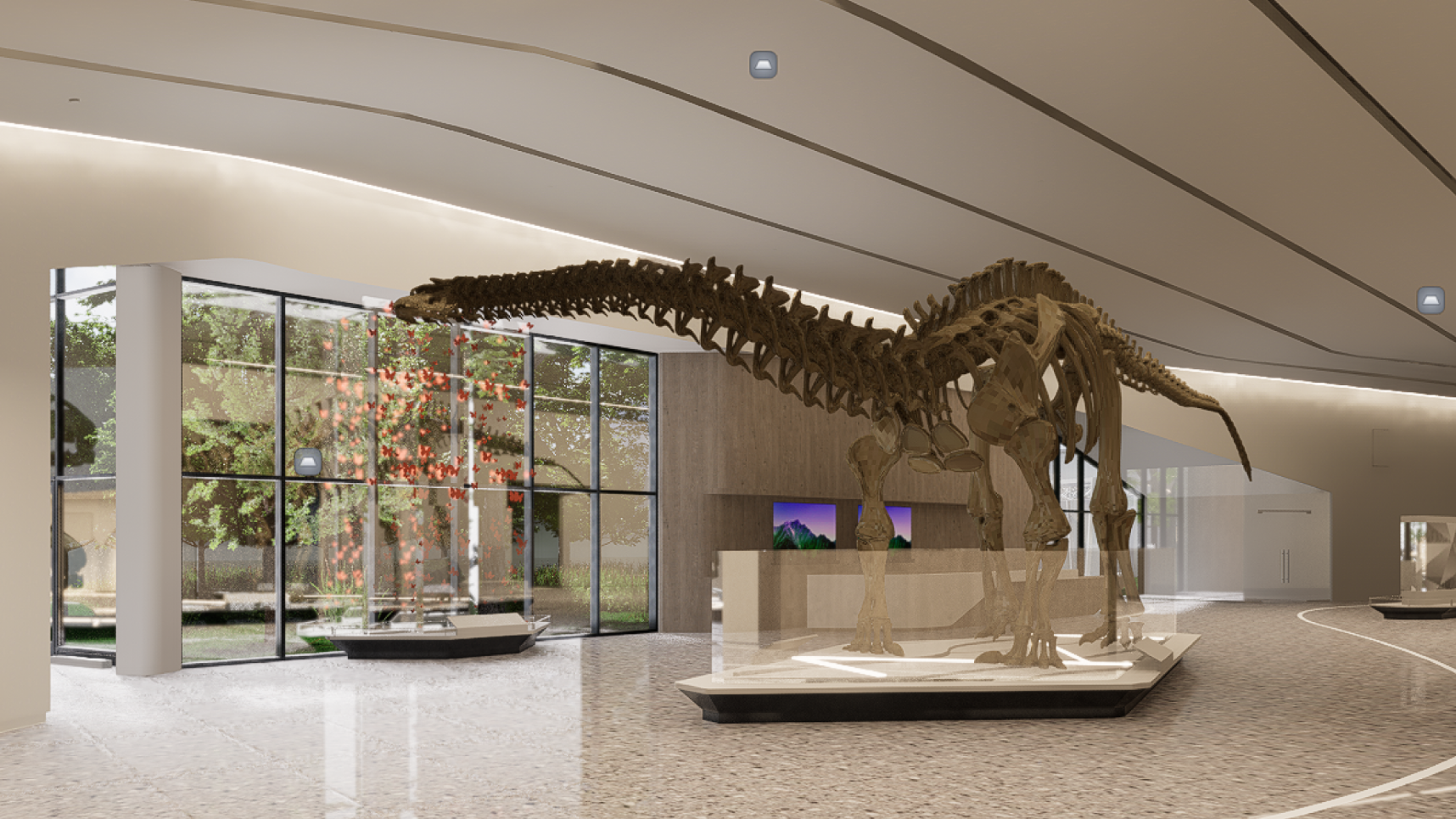
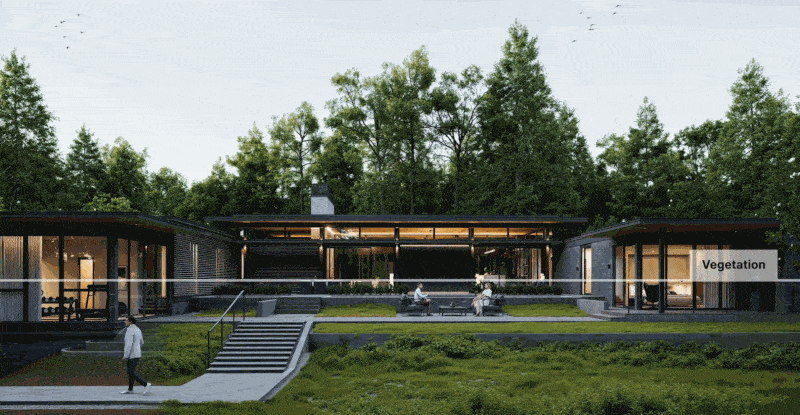

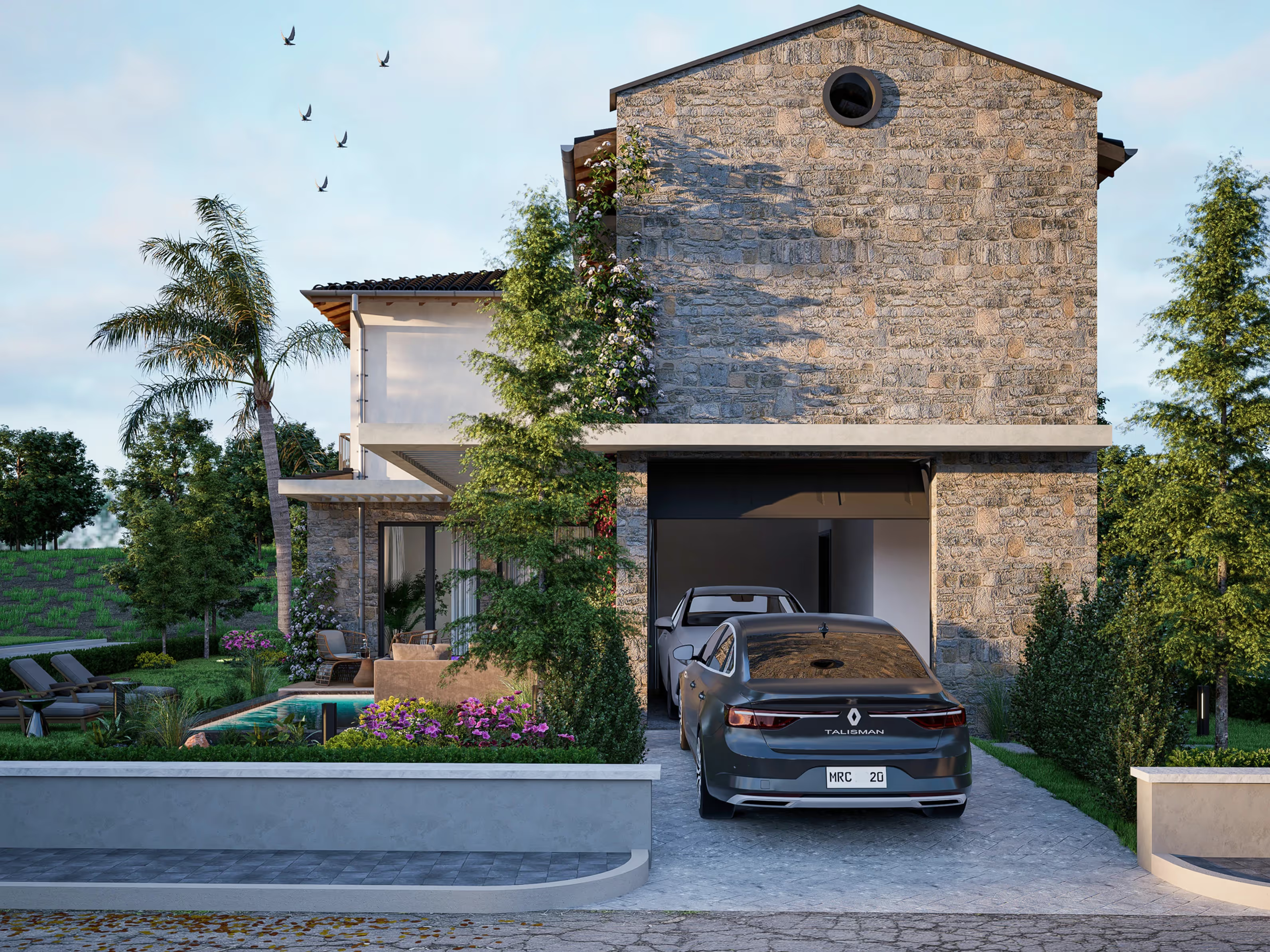
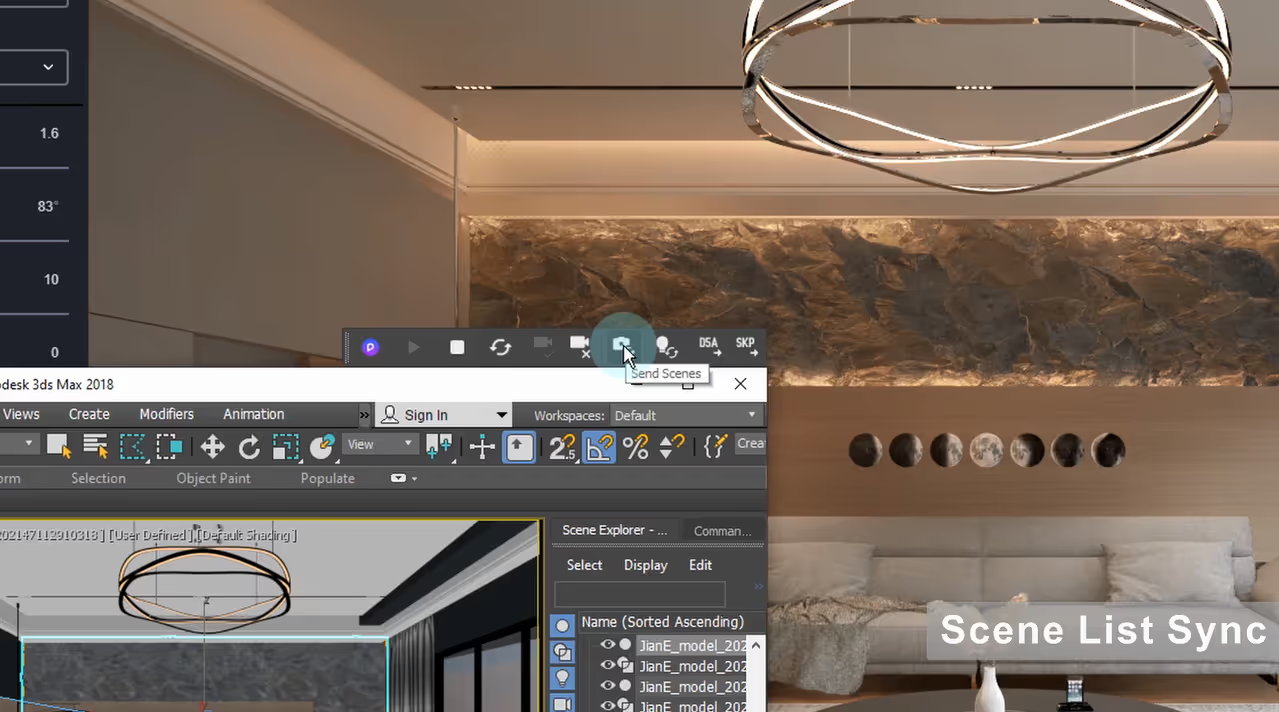


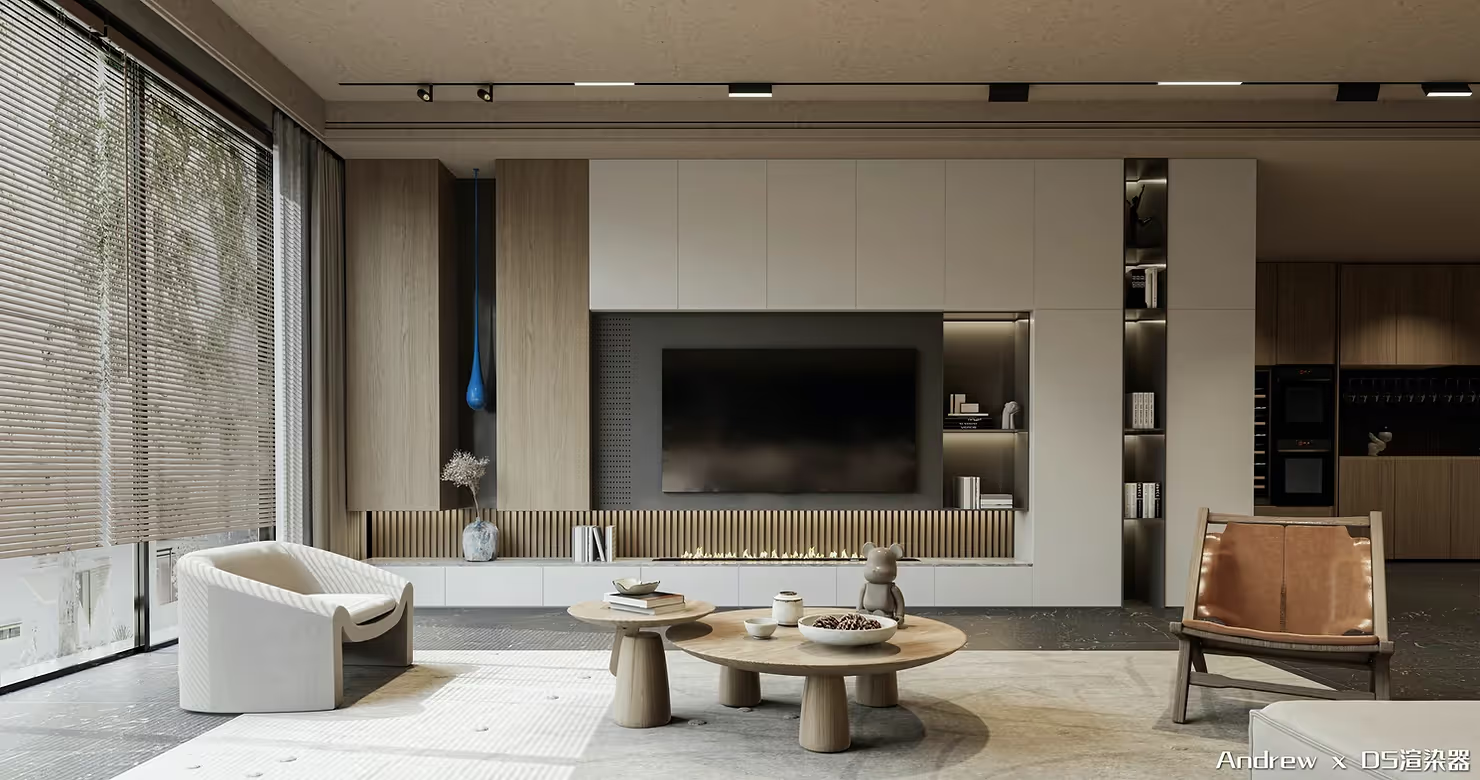
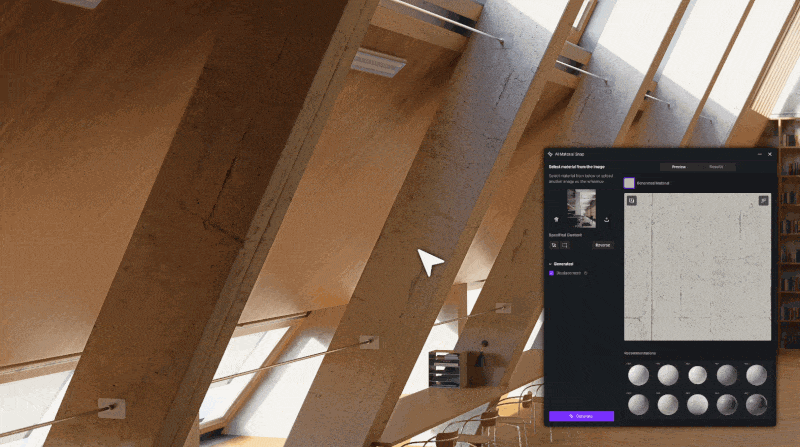

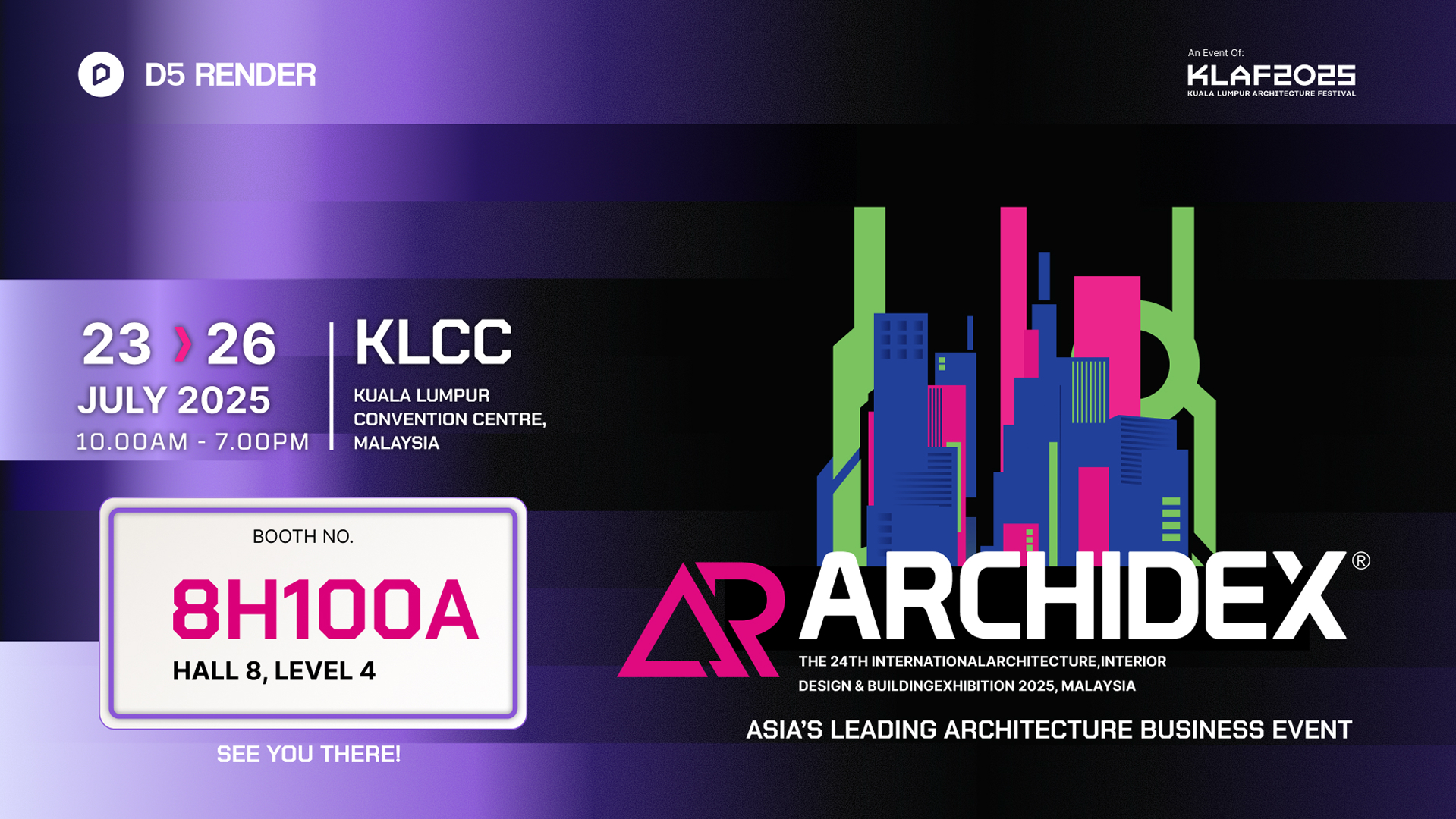
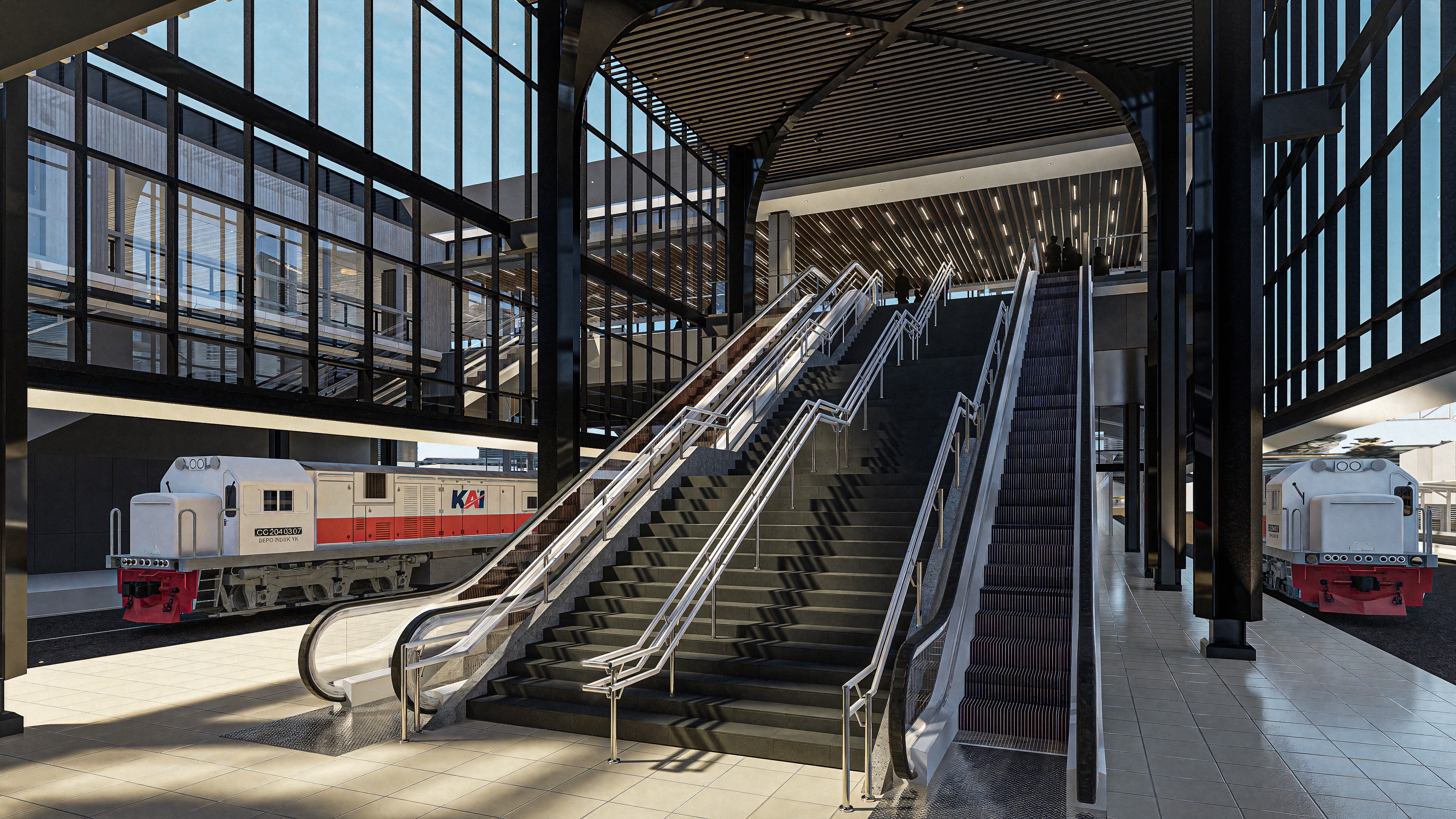
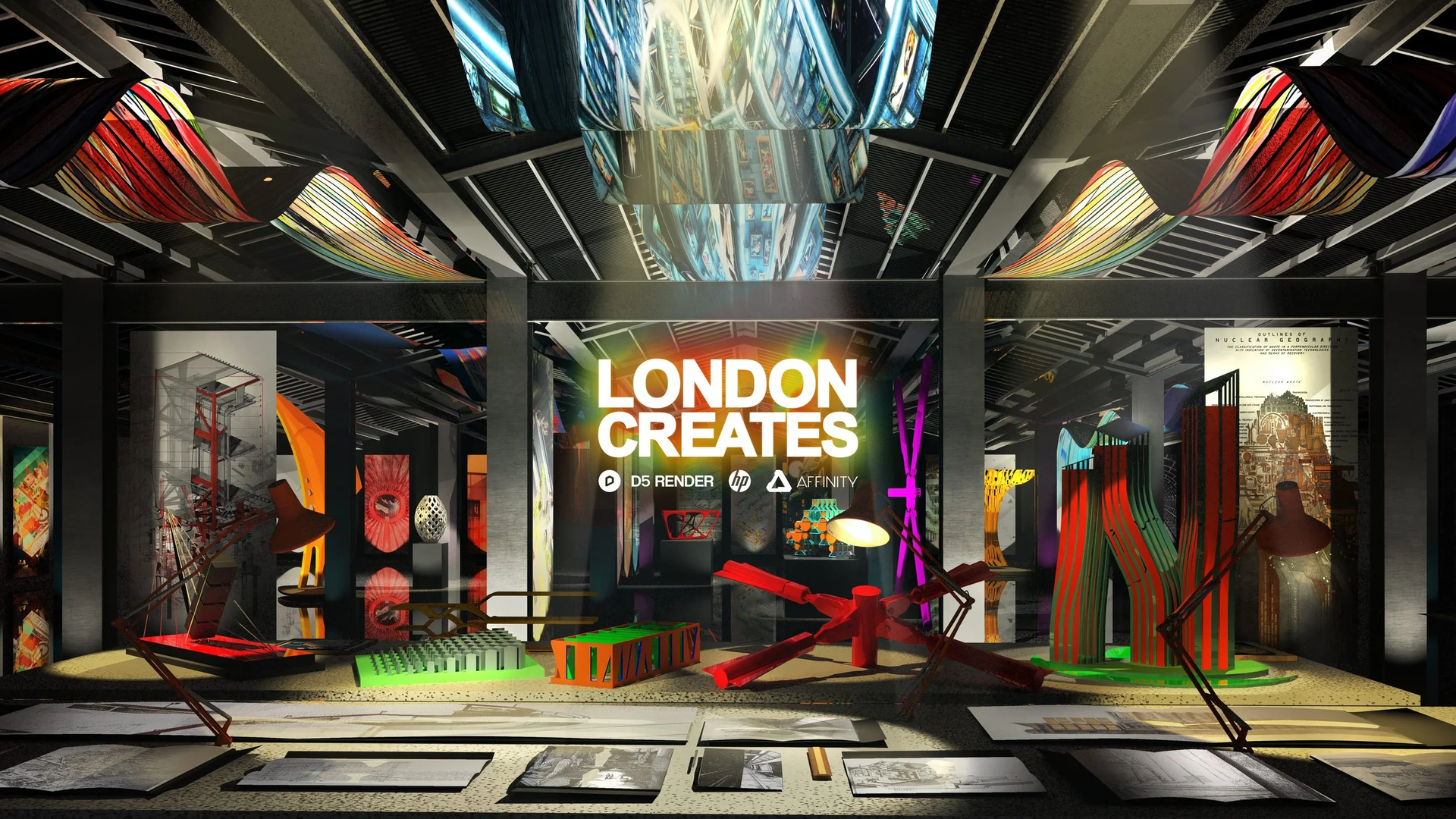
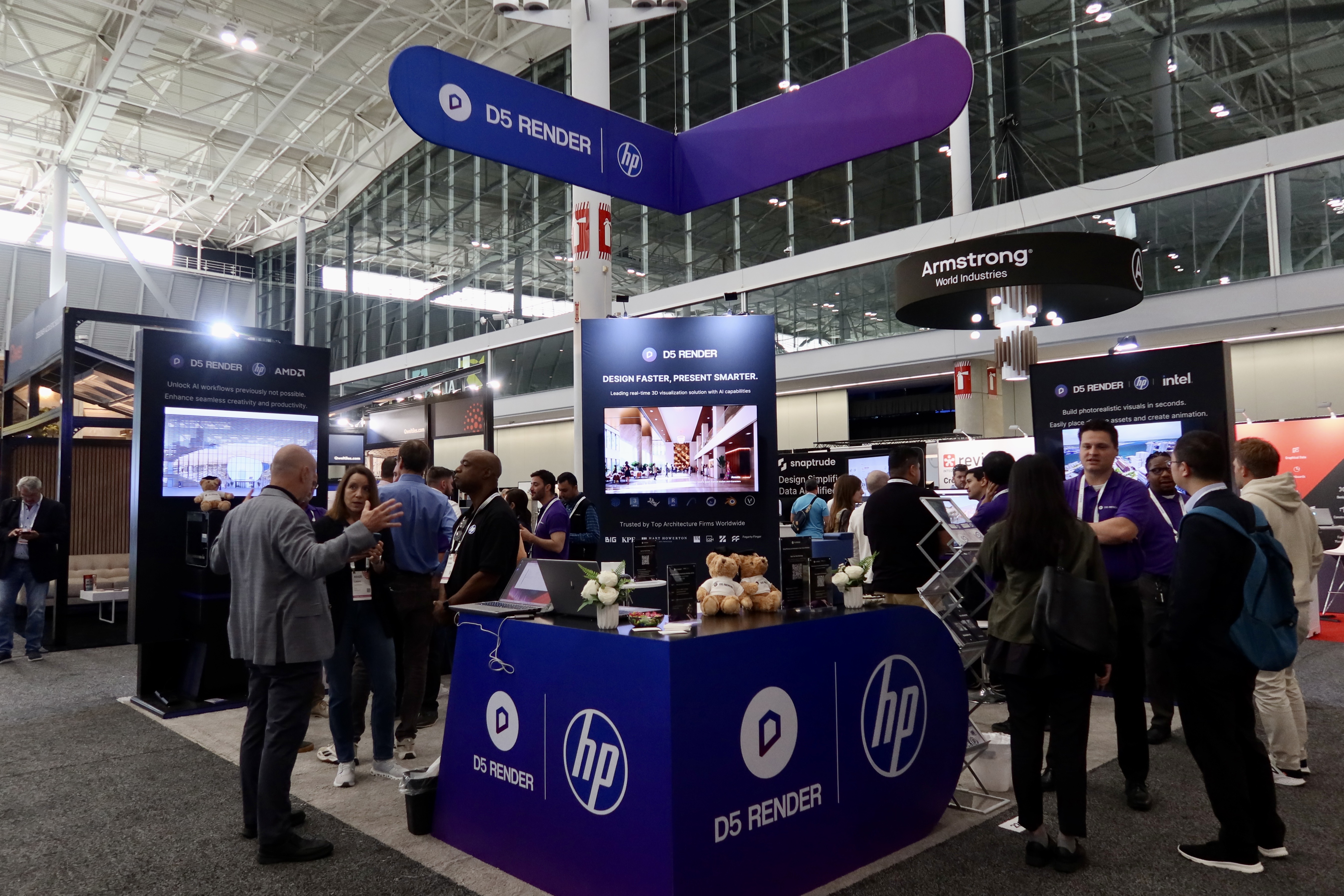
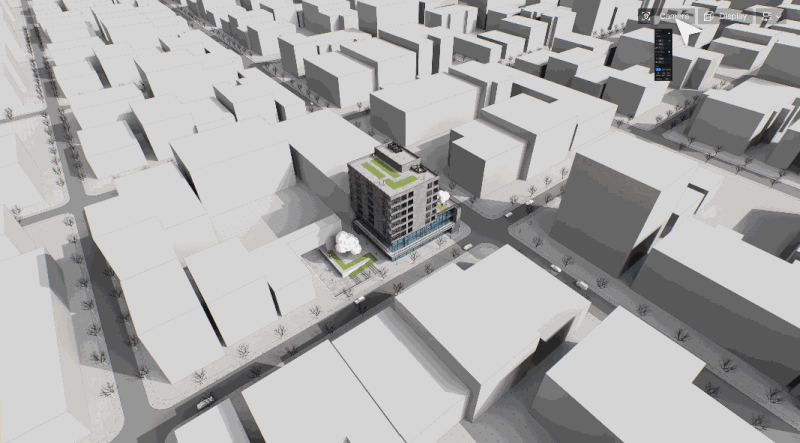

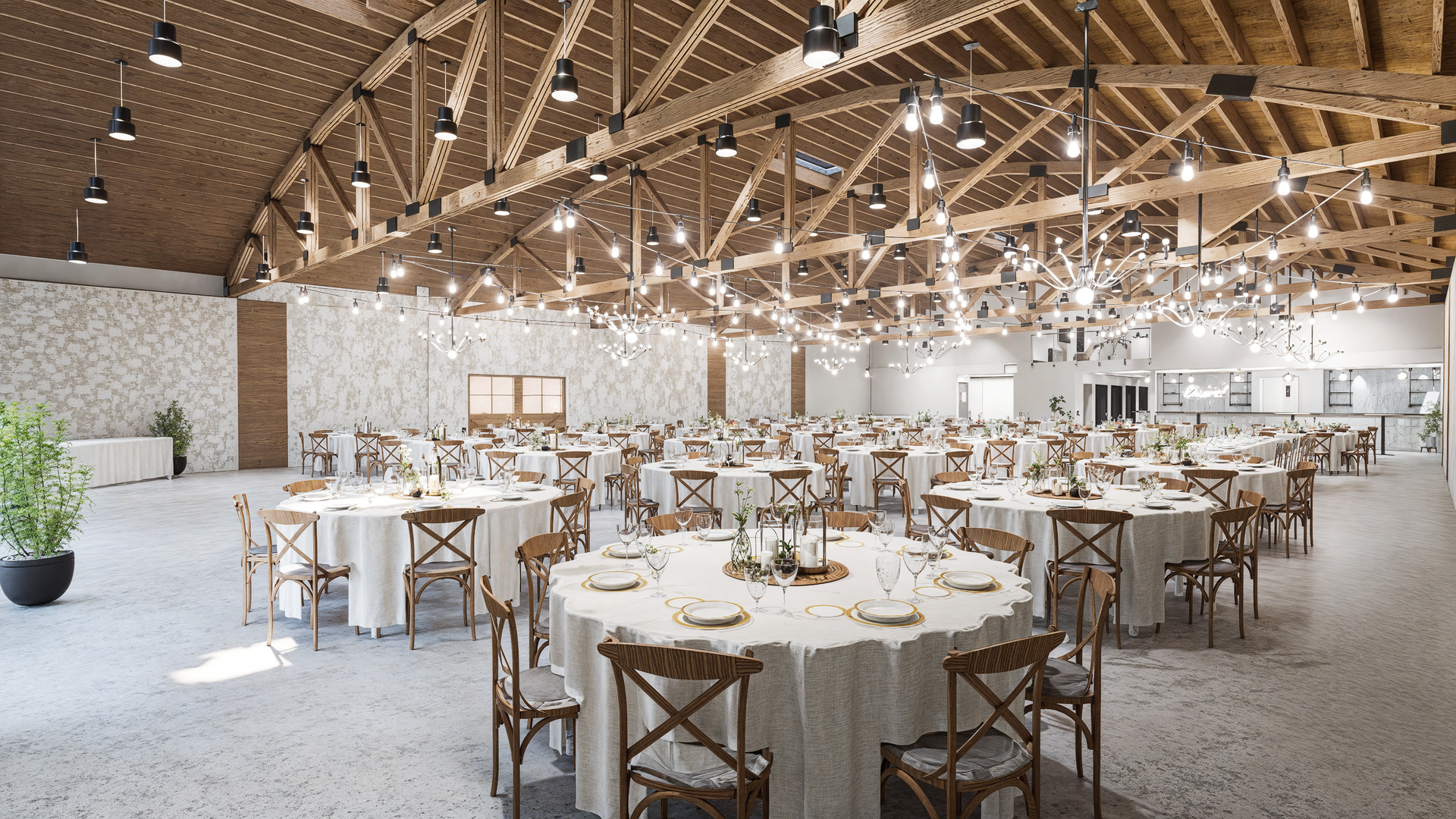
.png)


